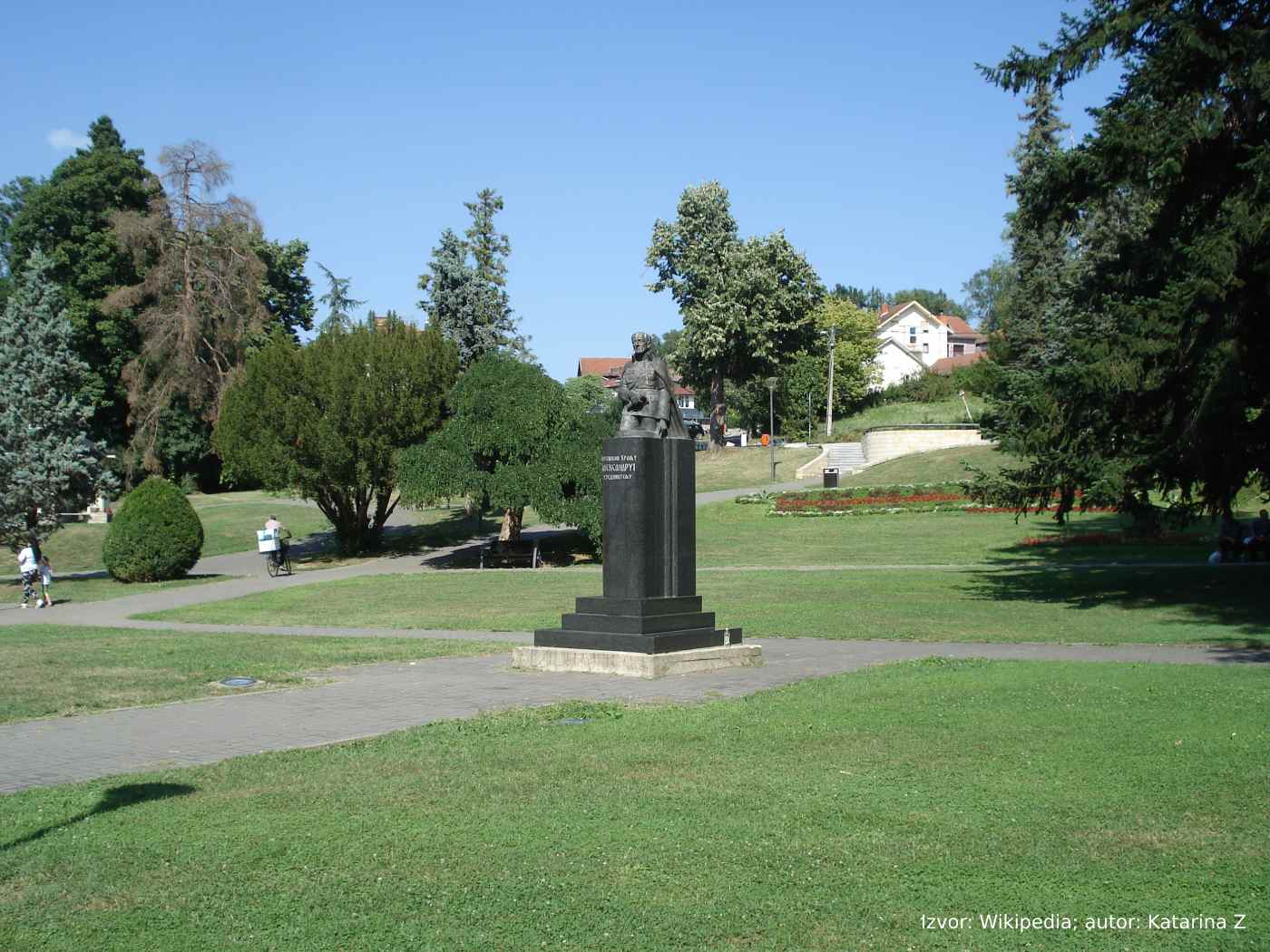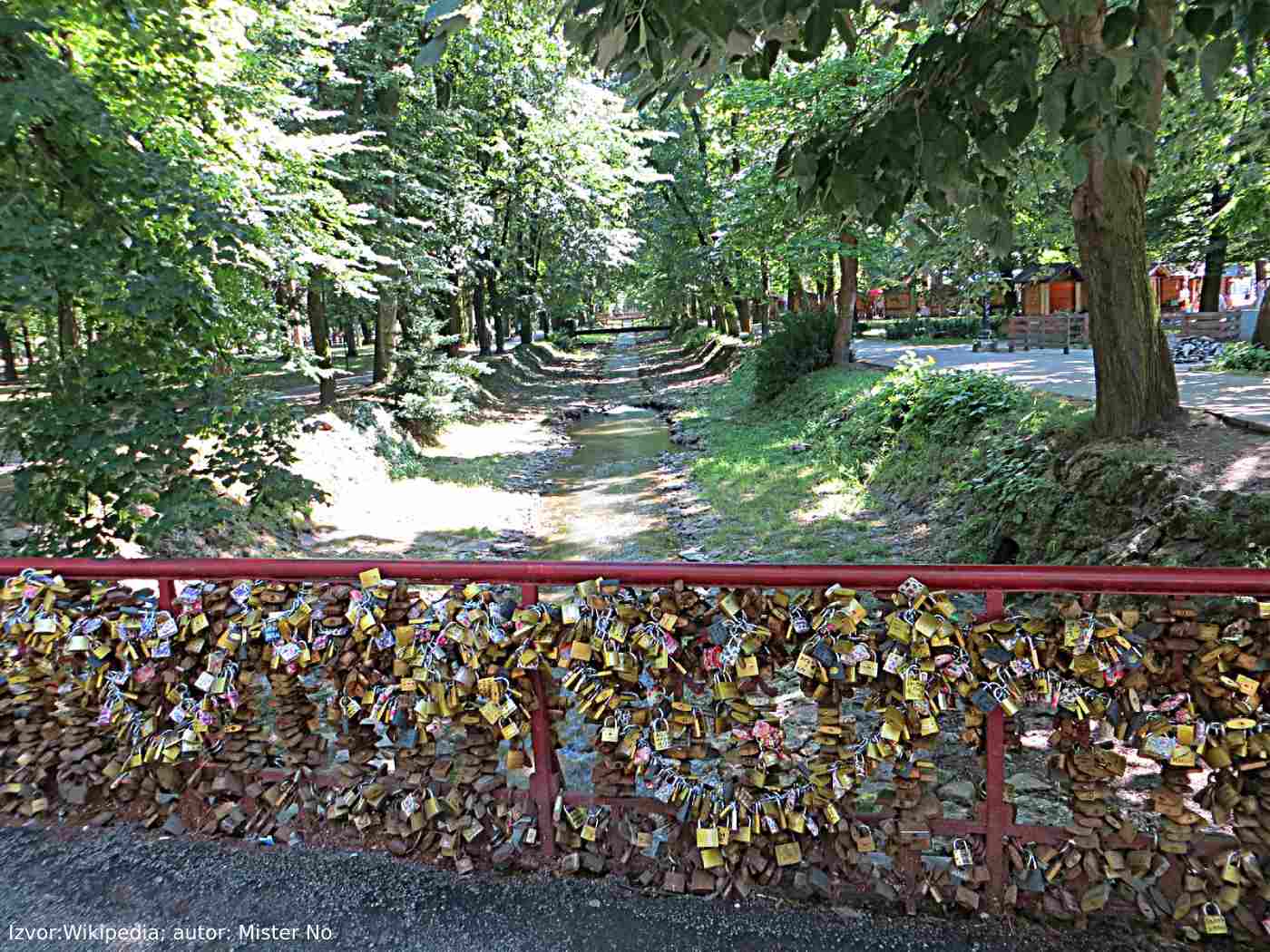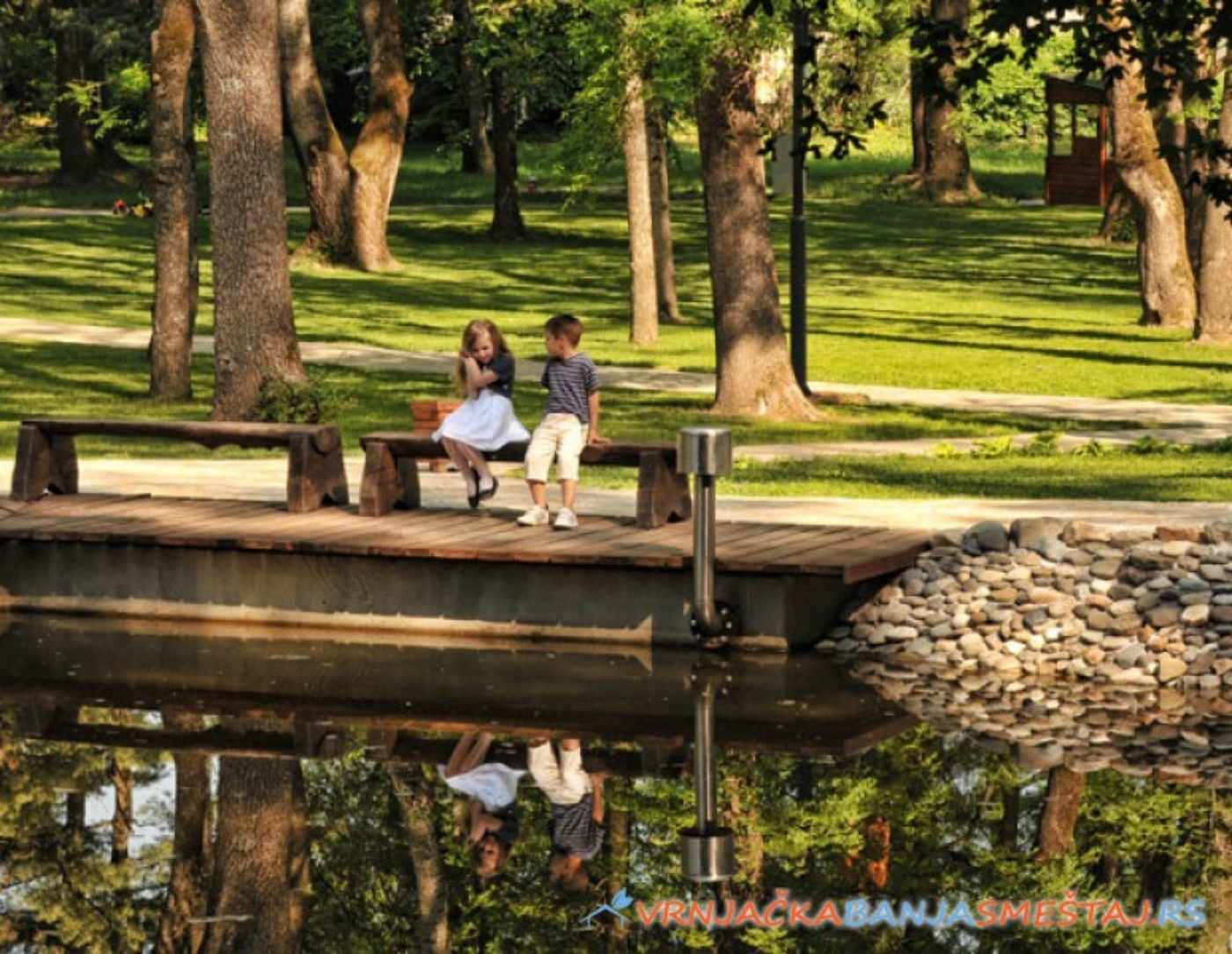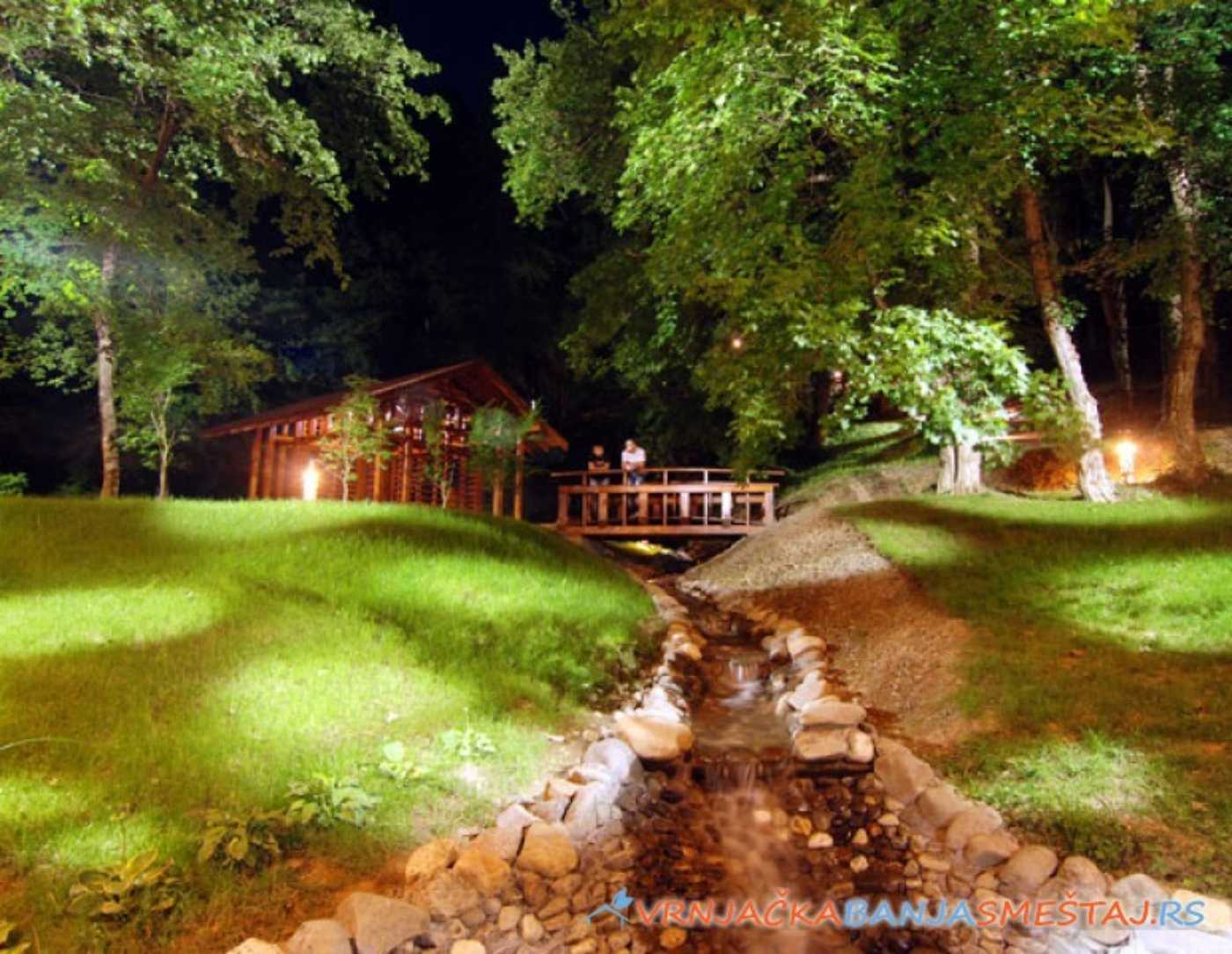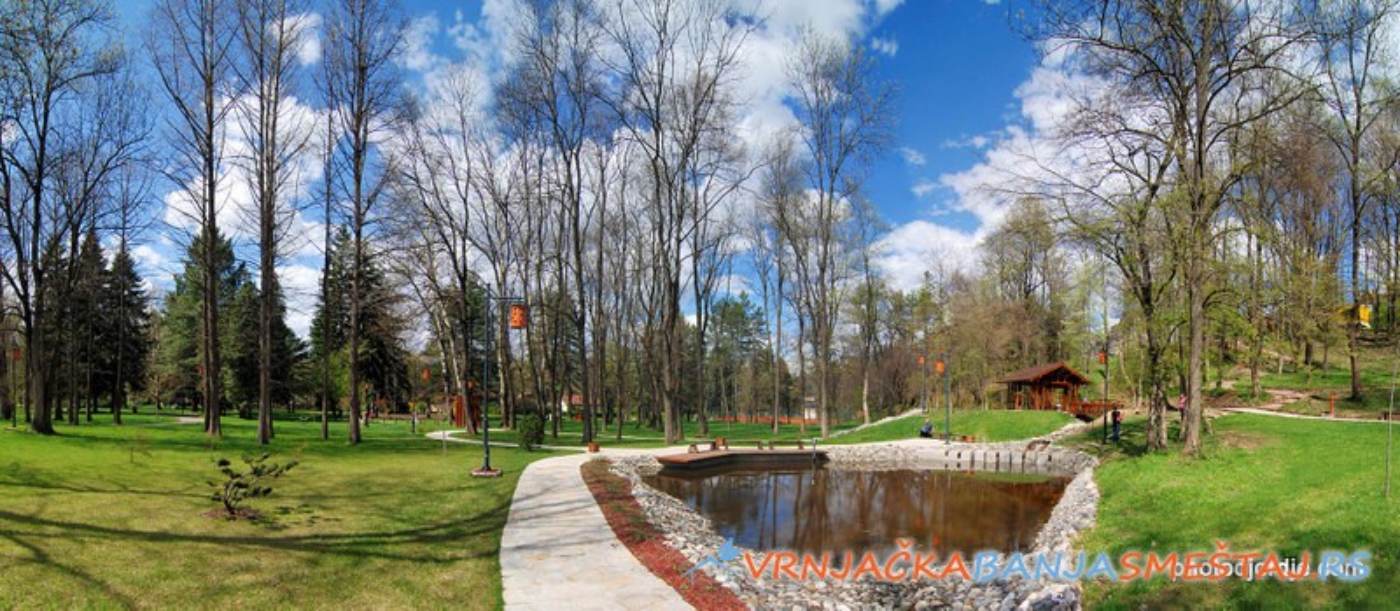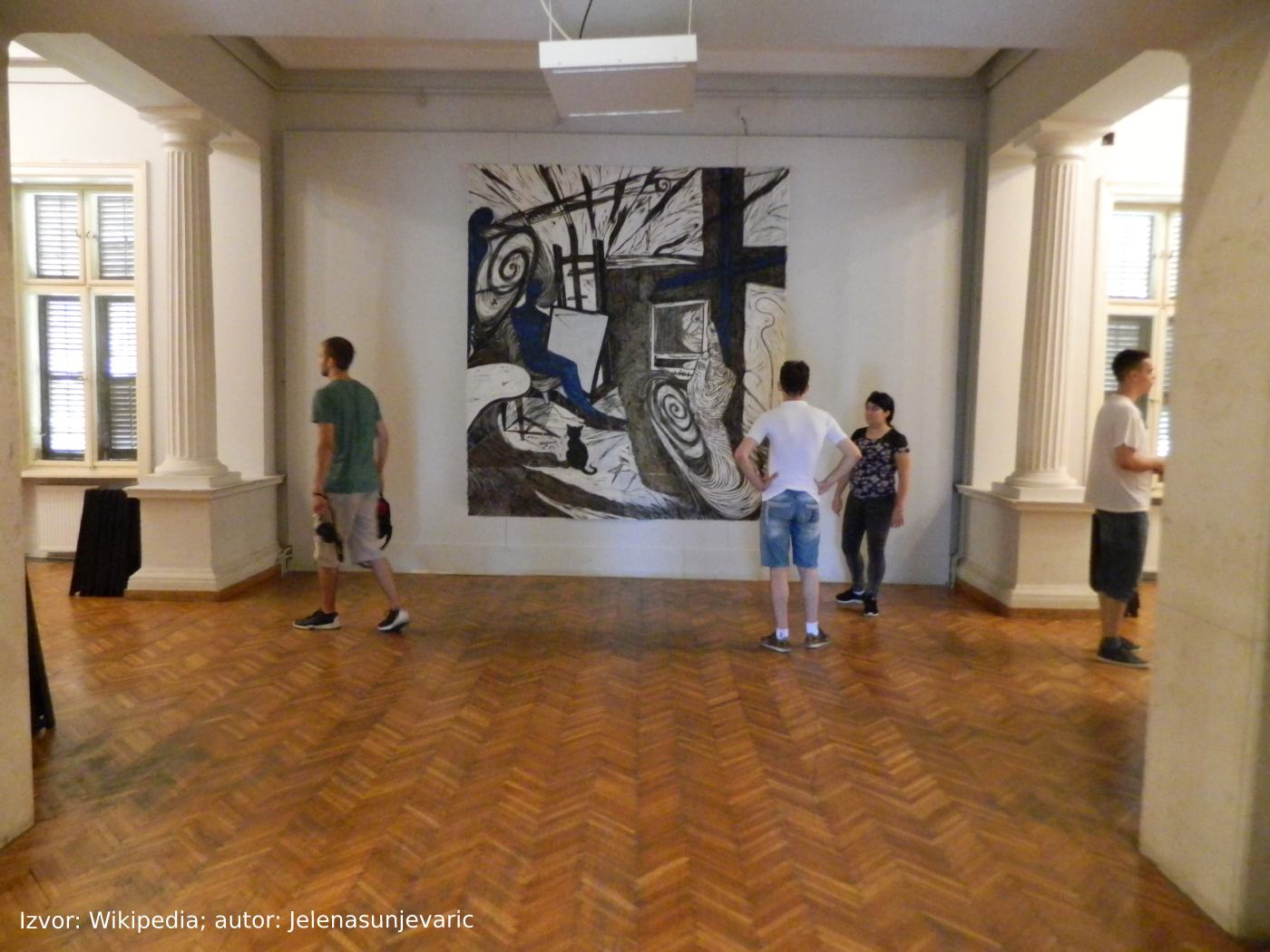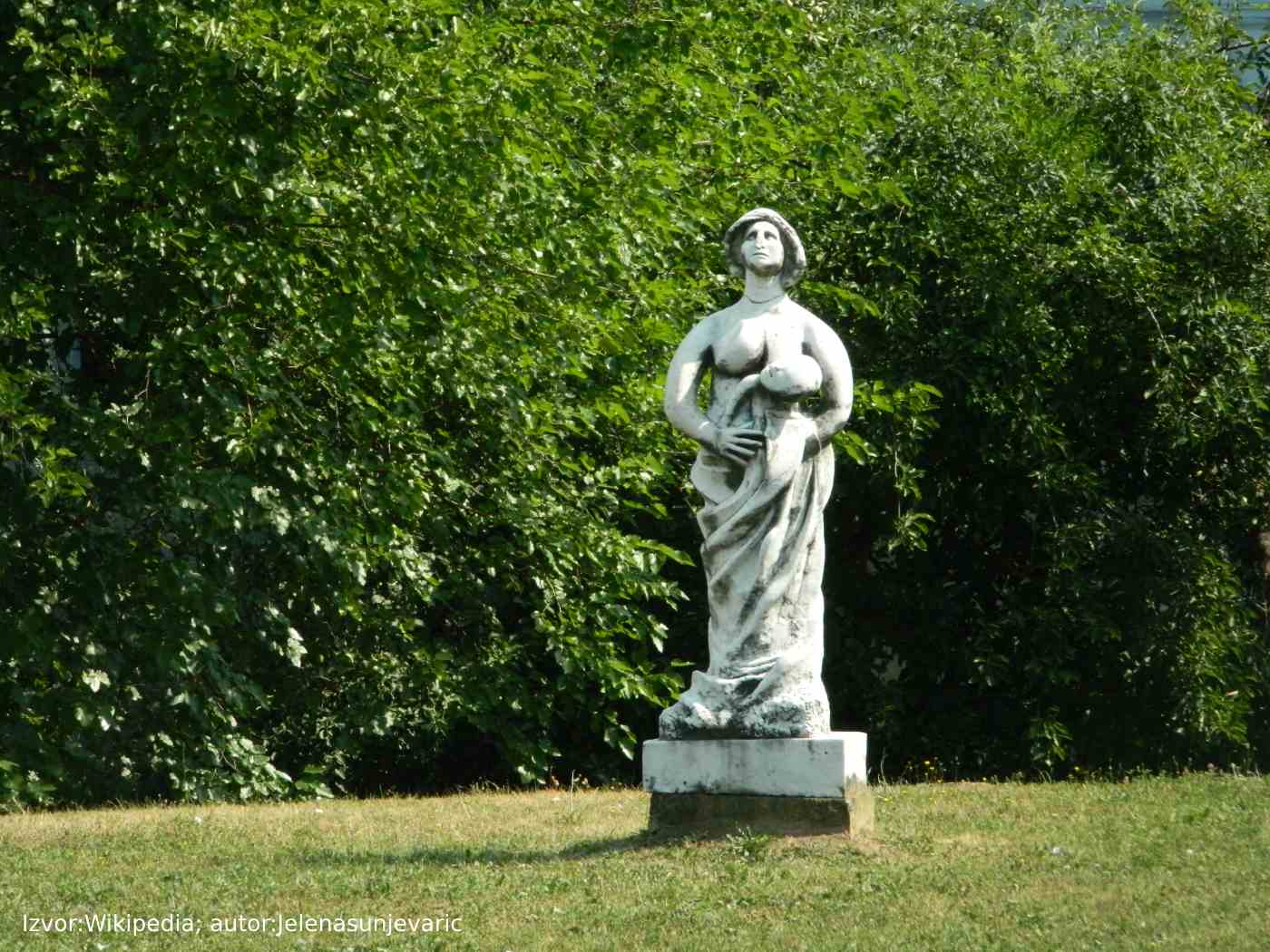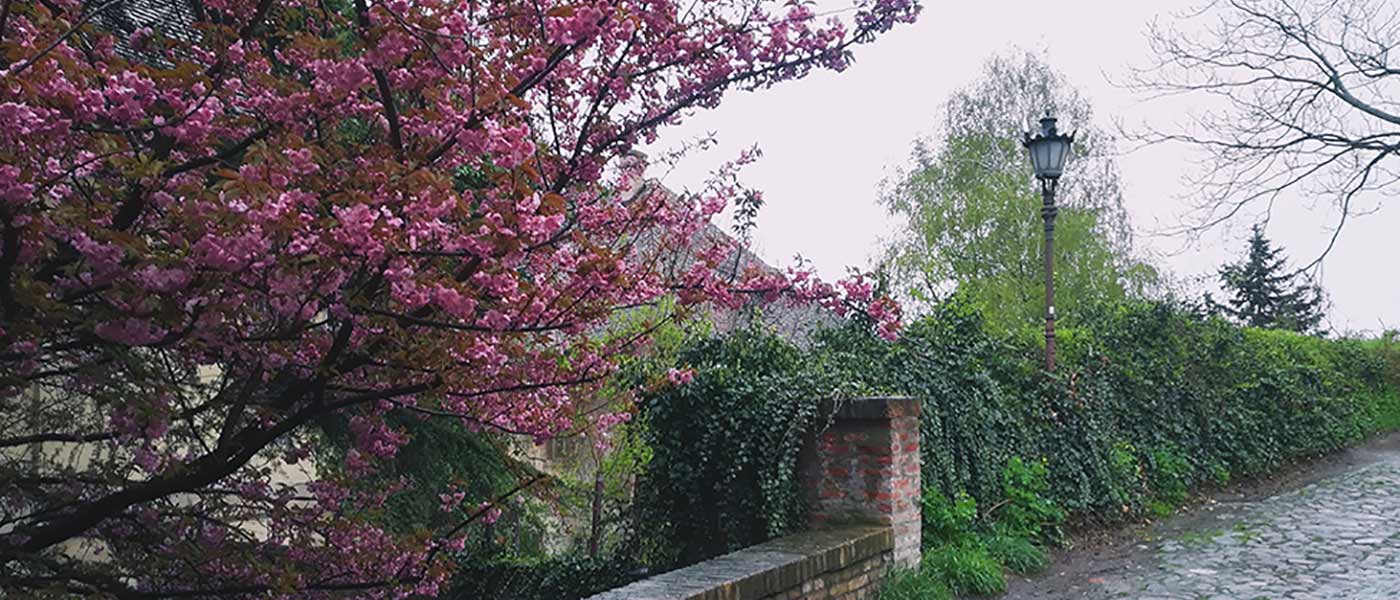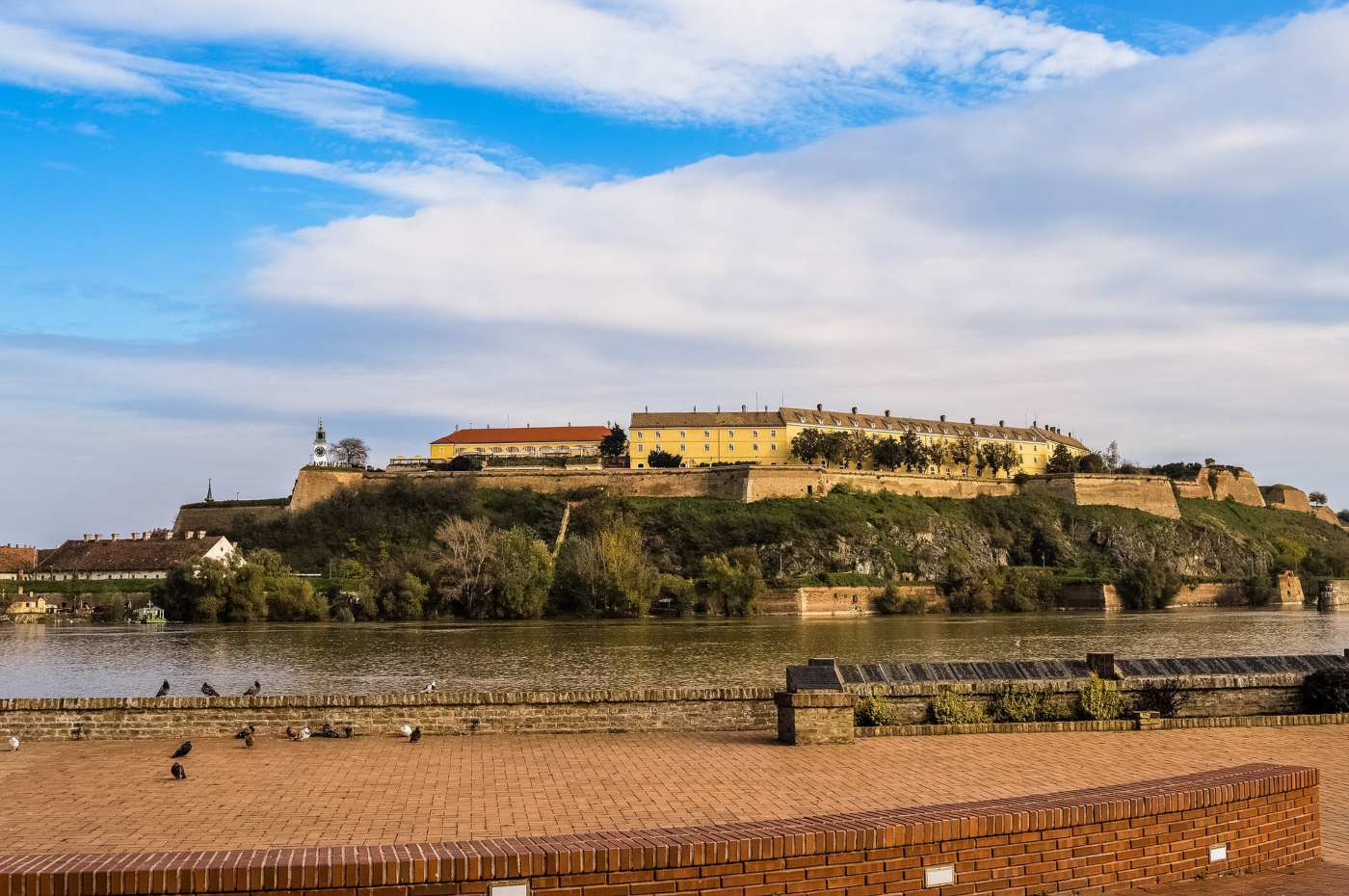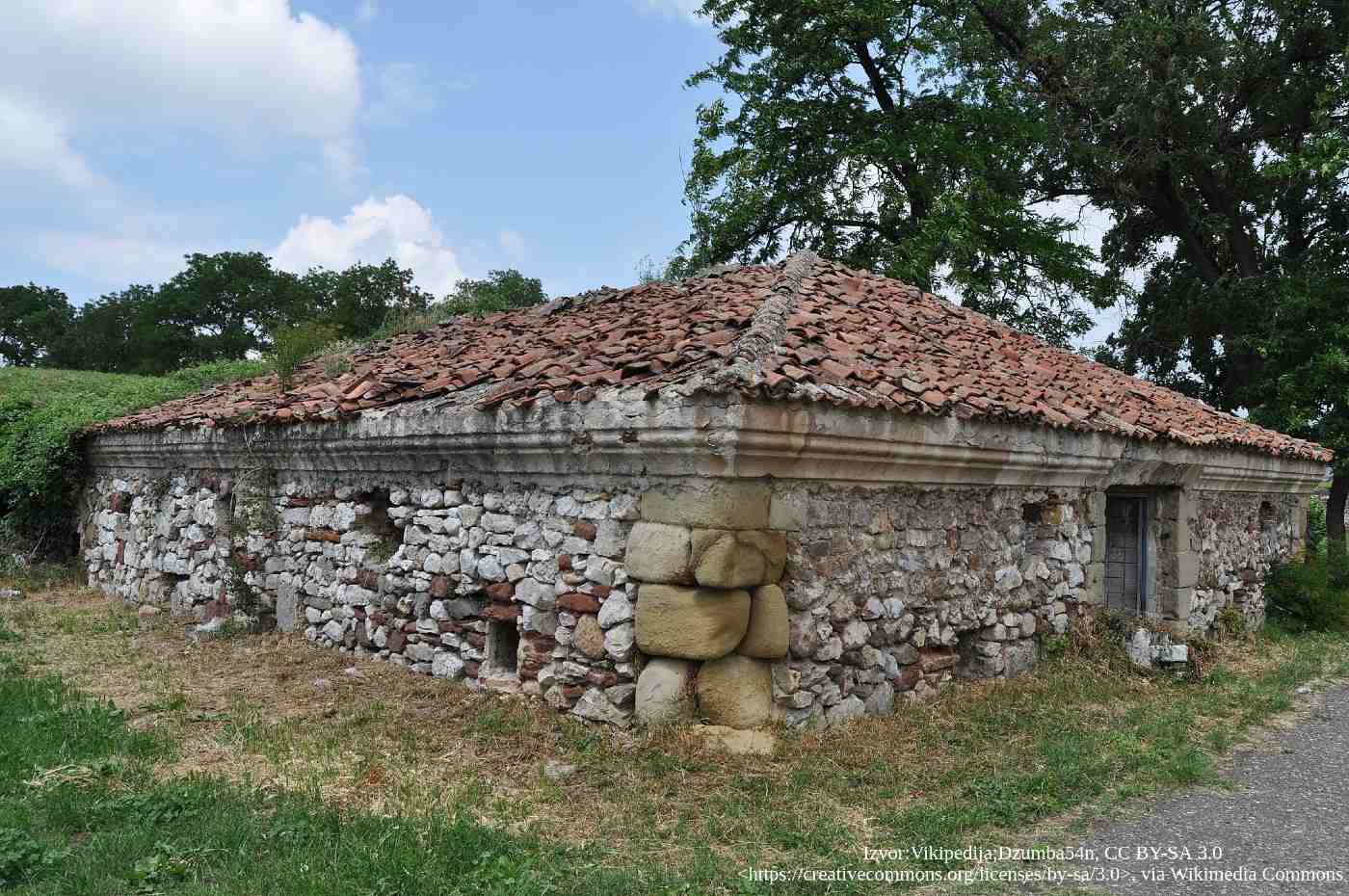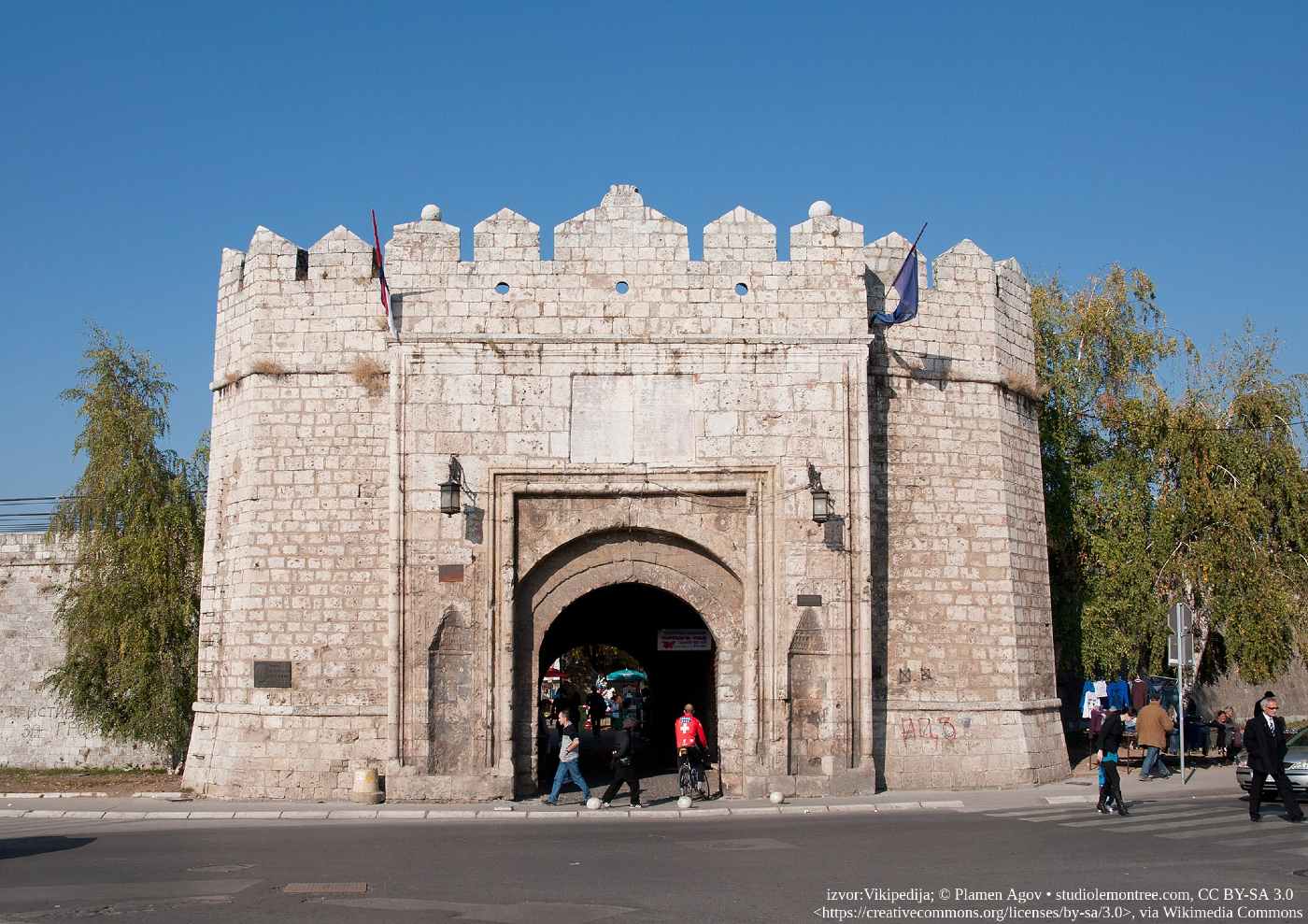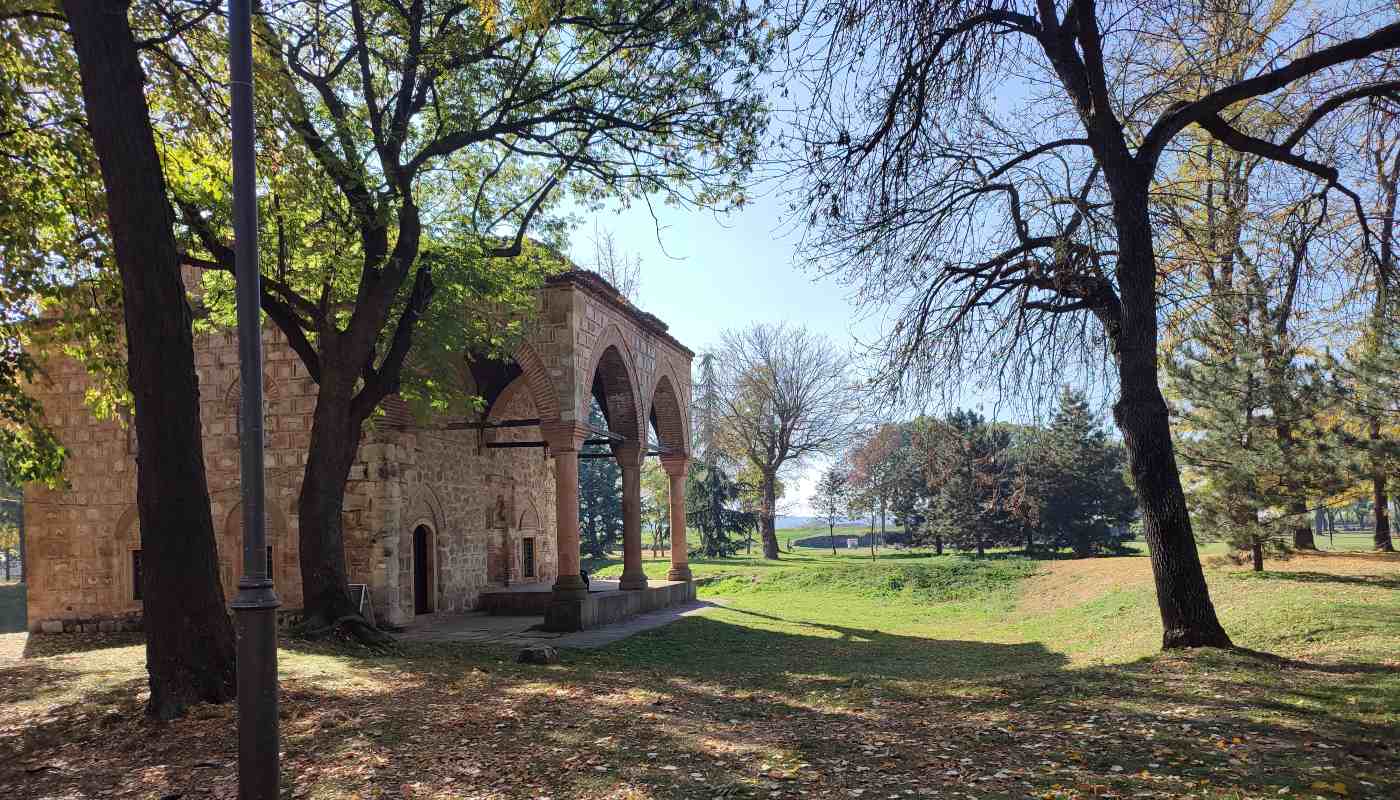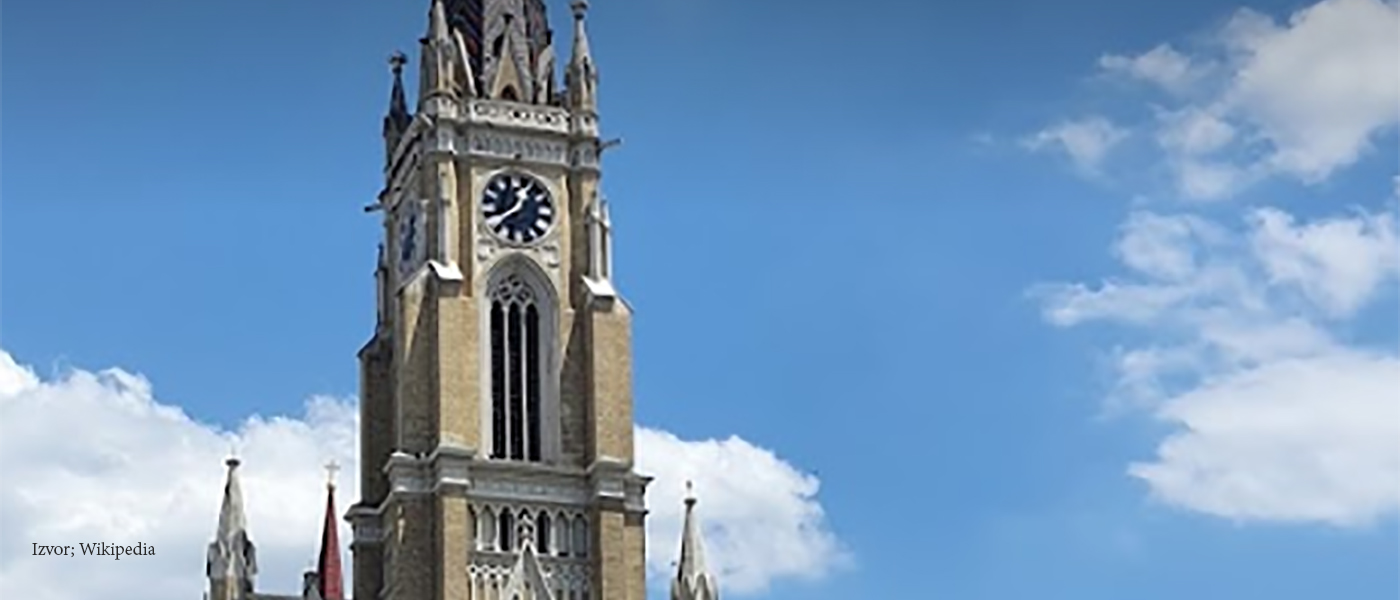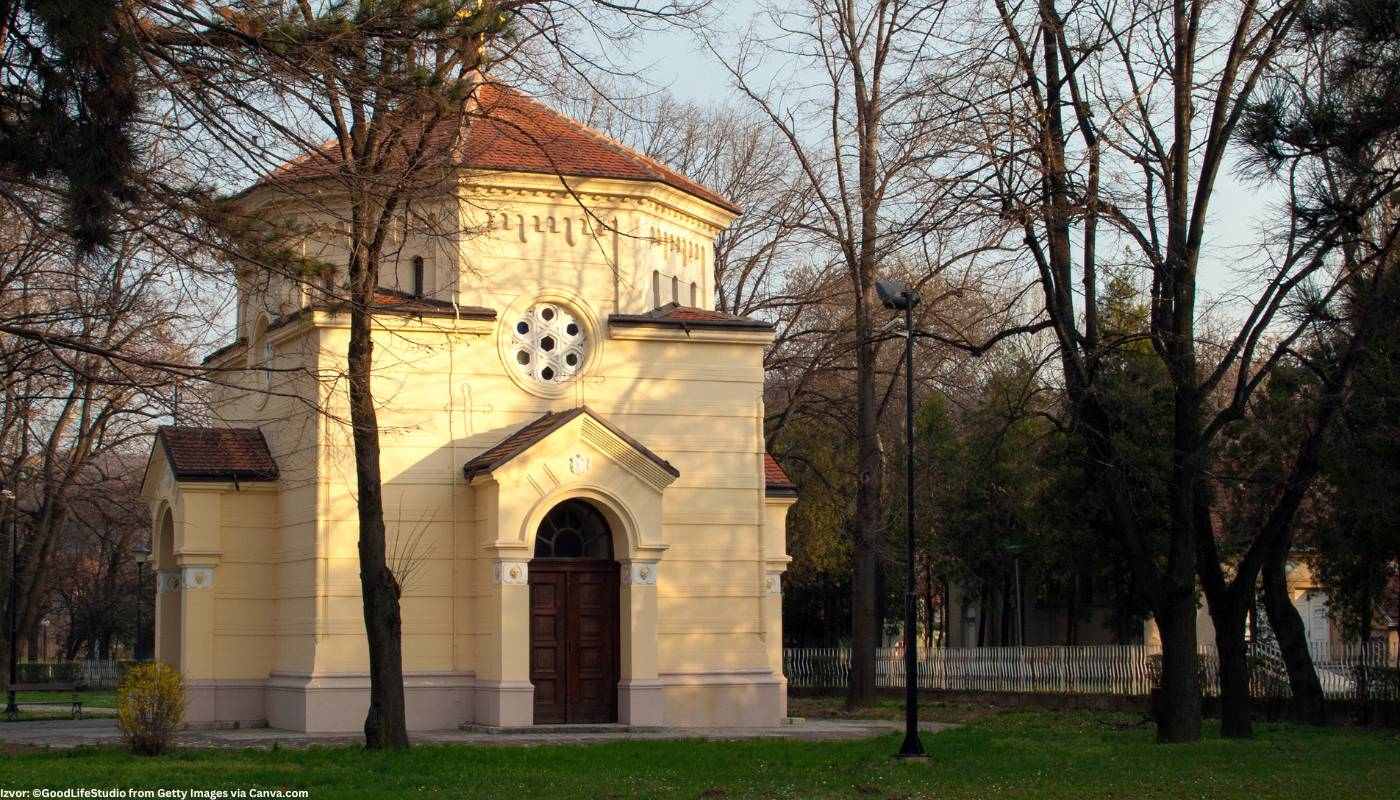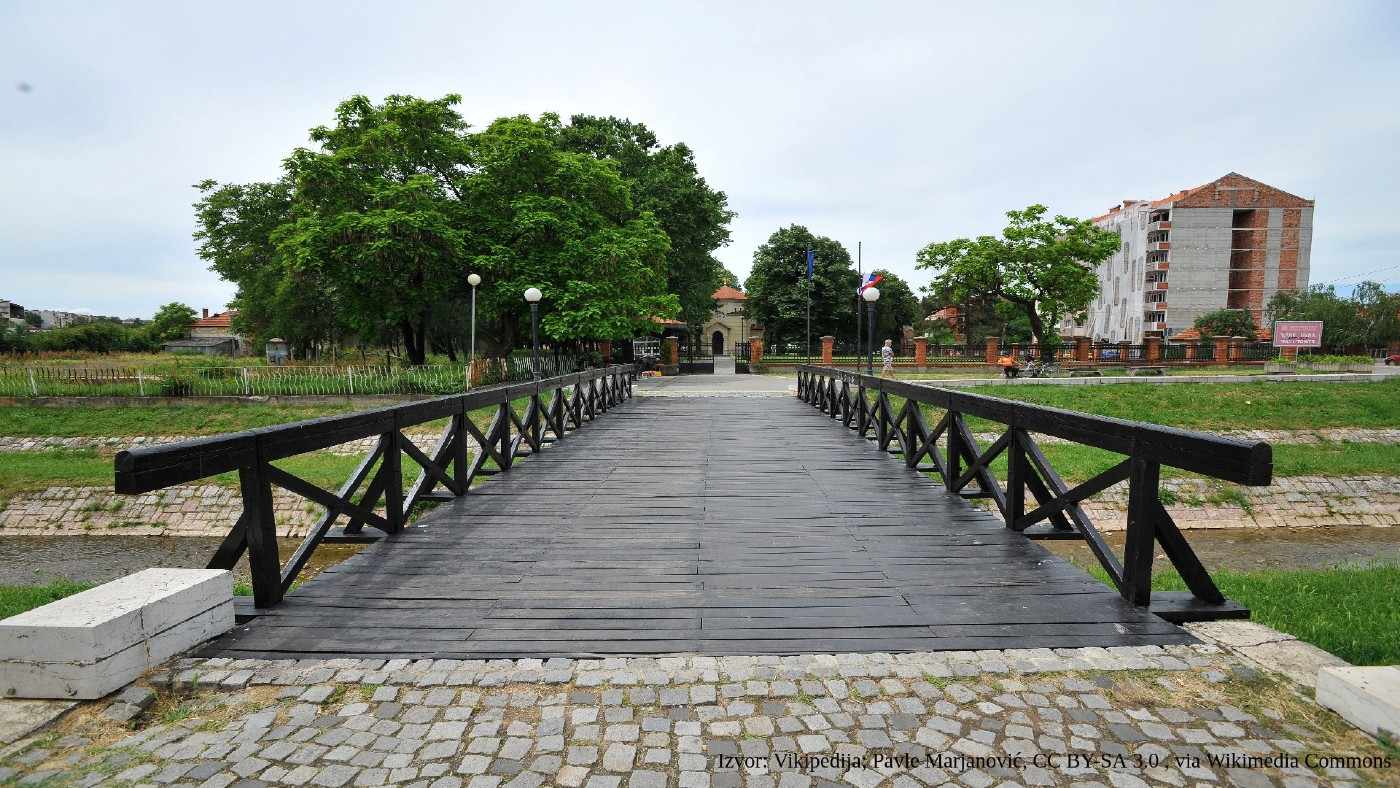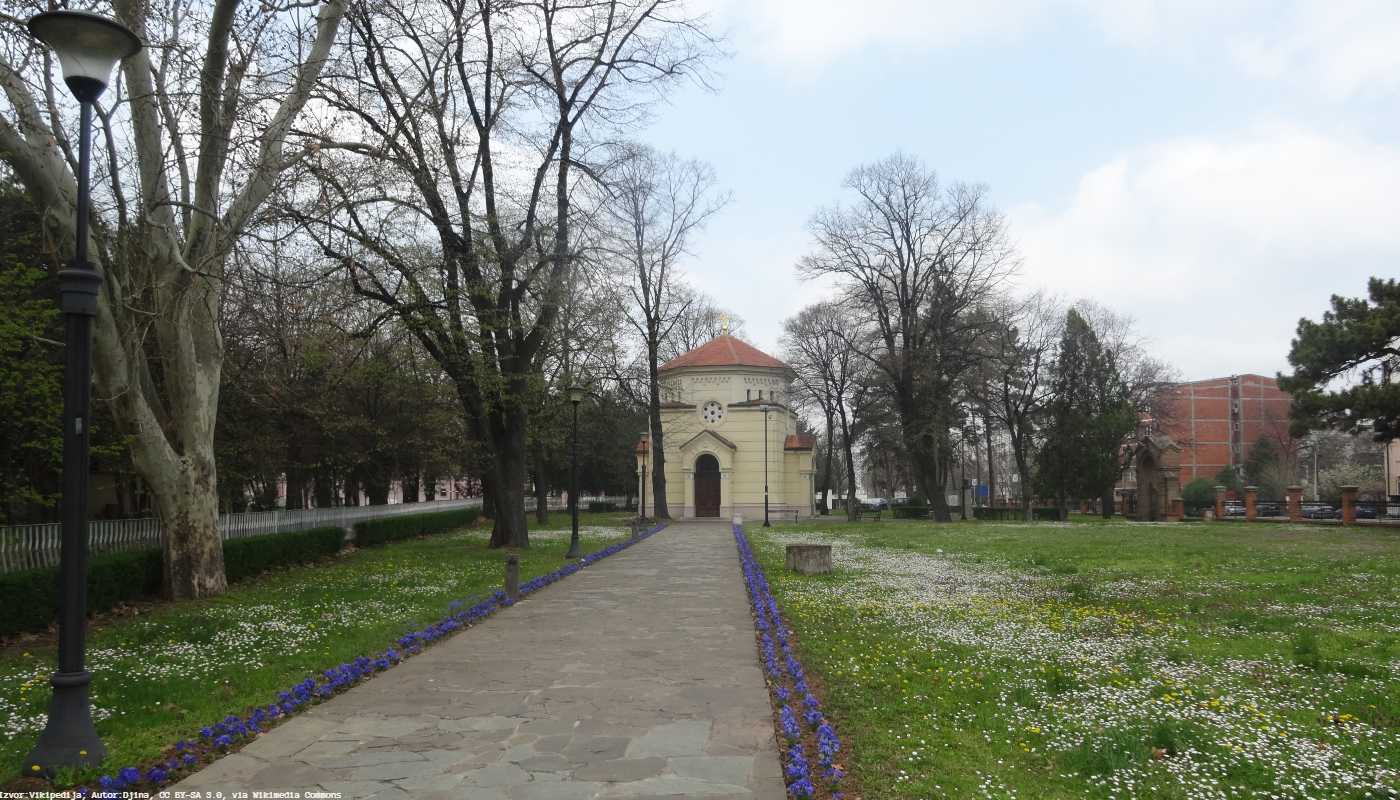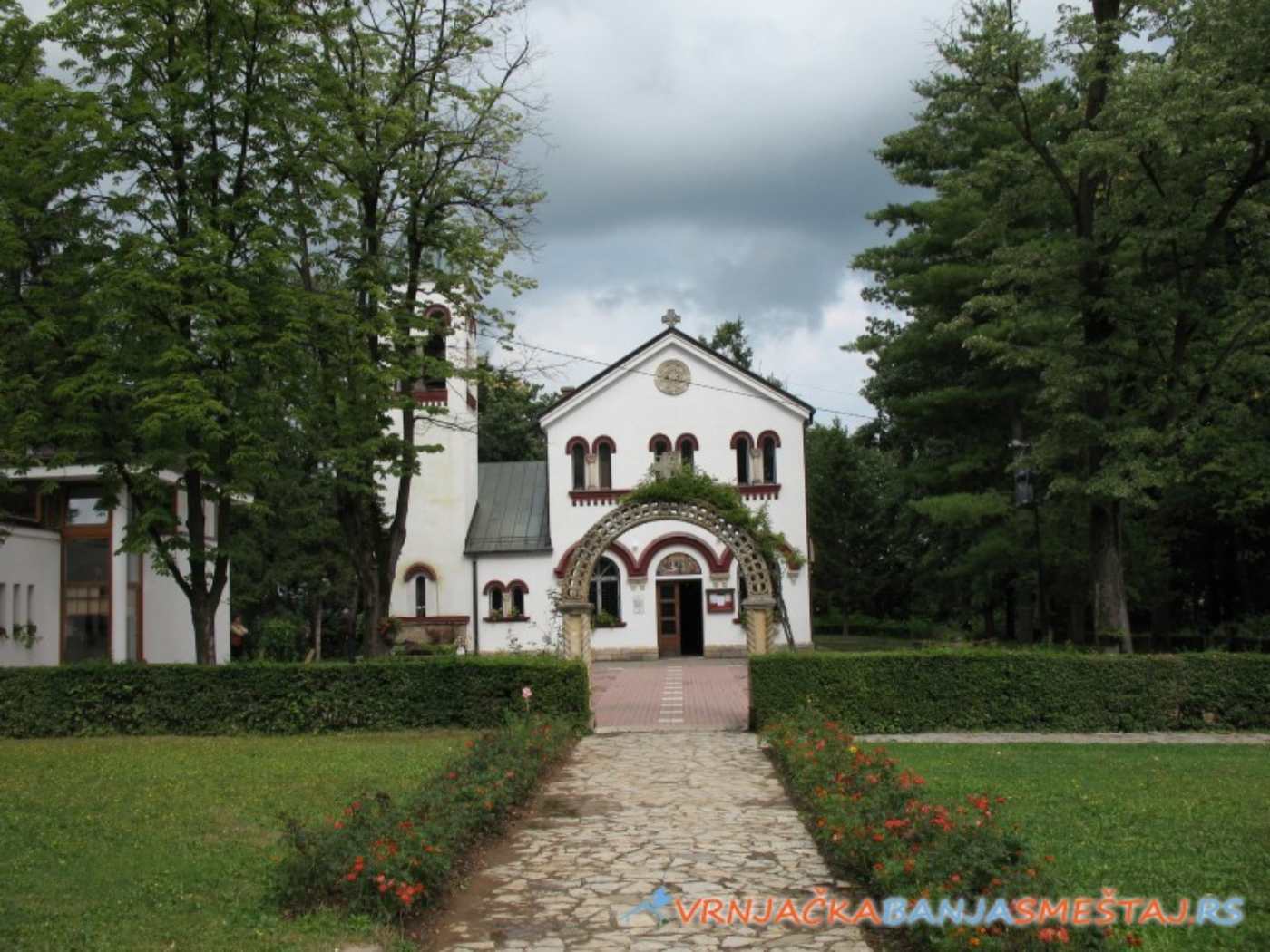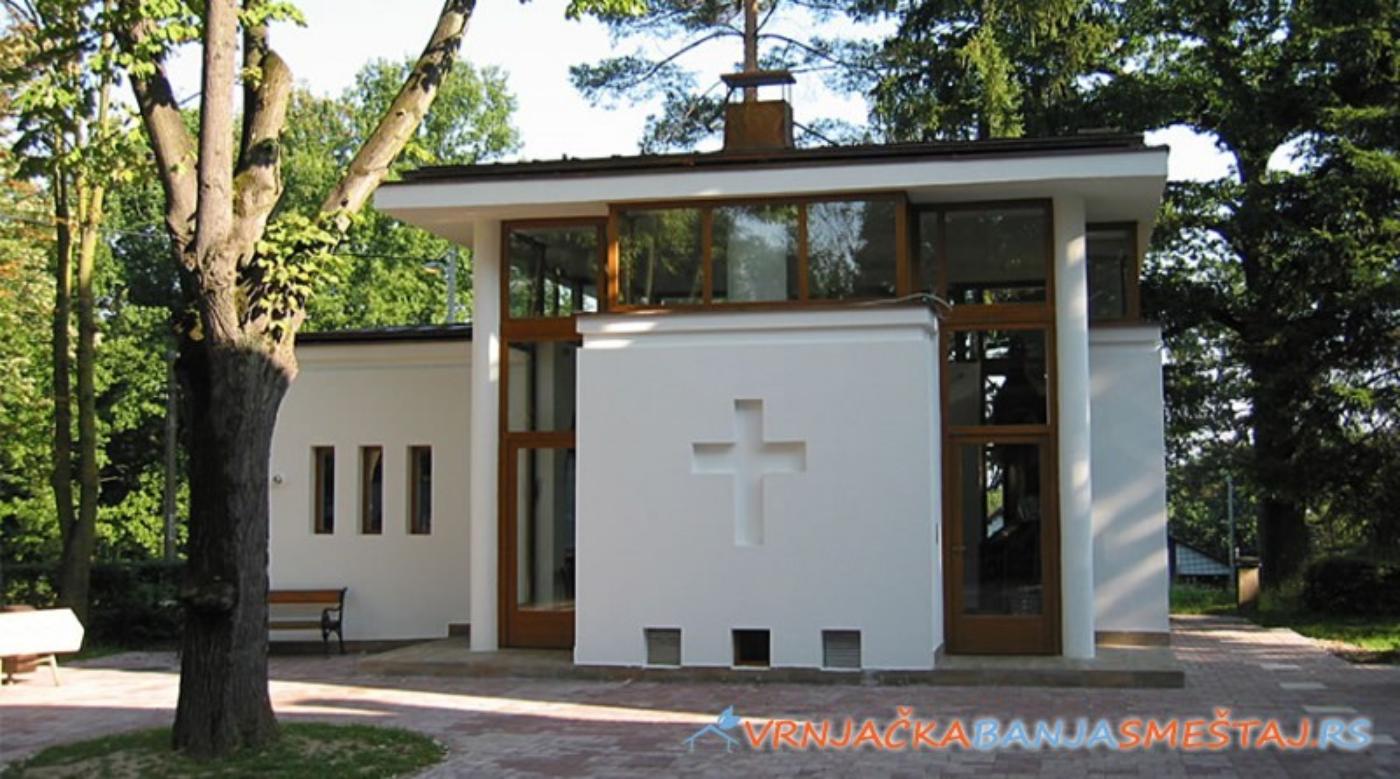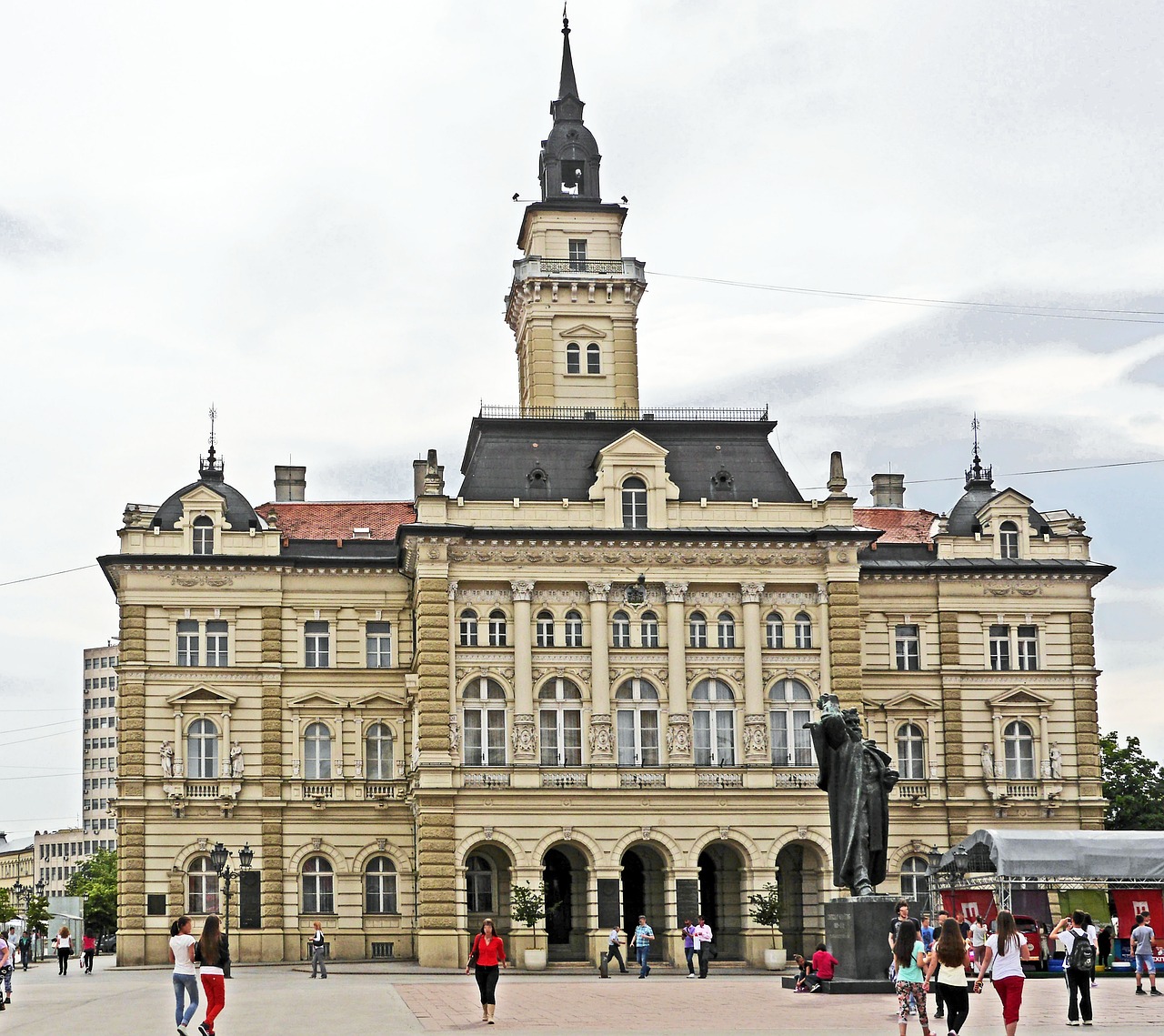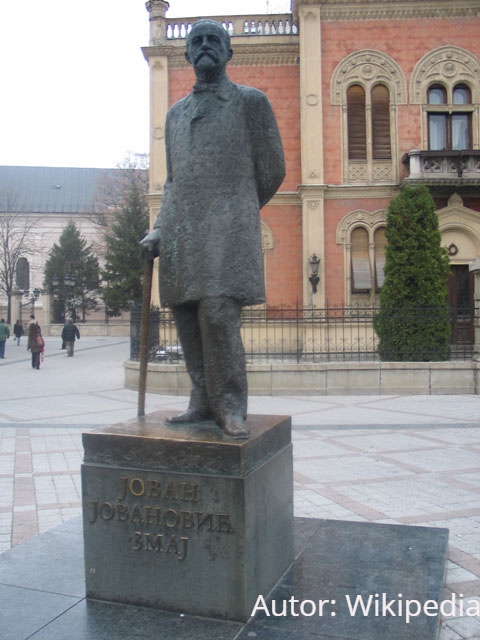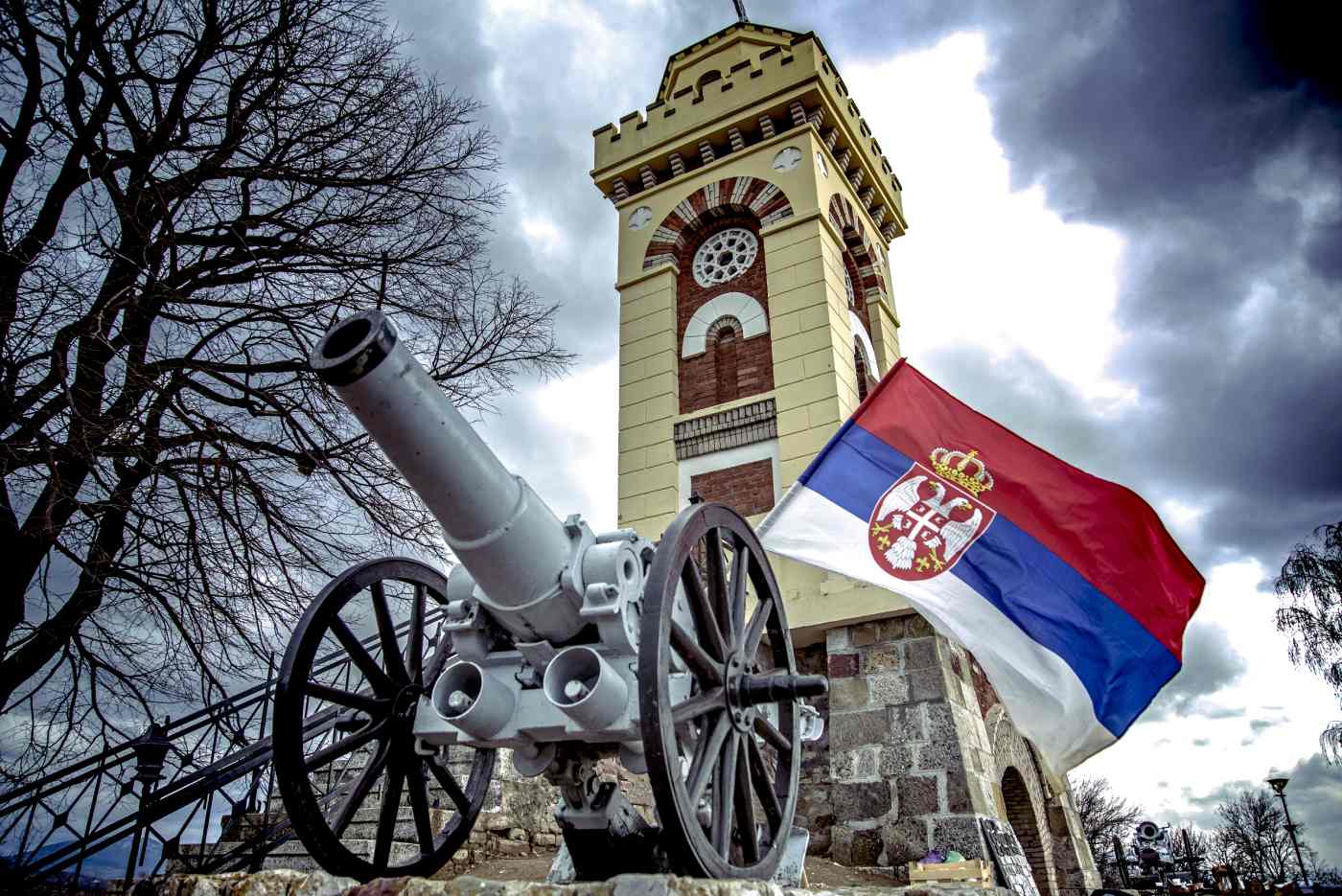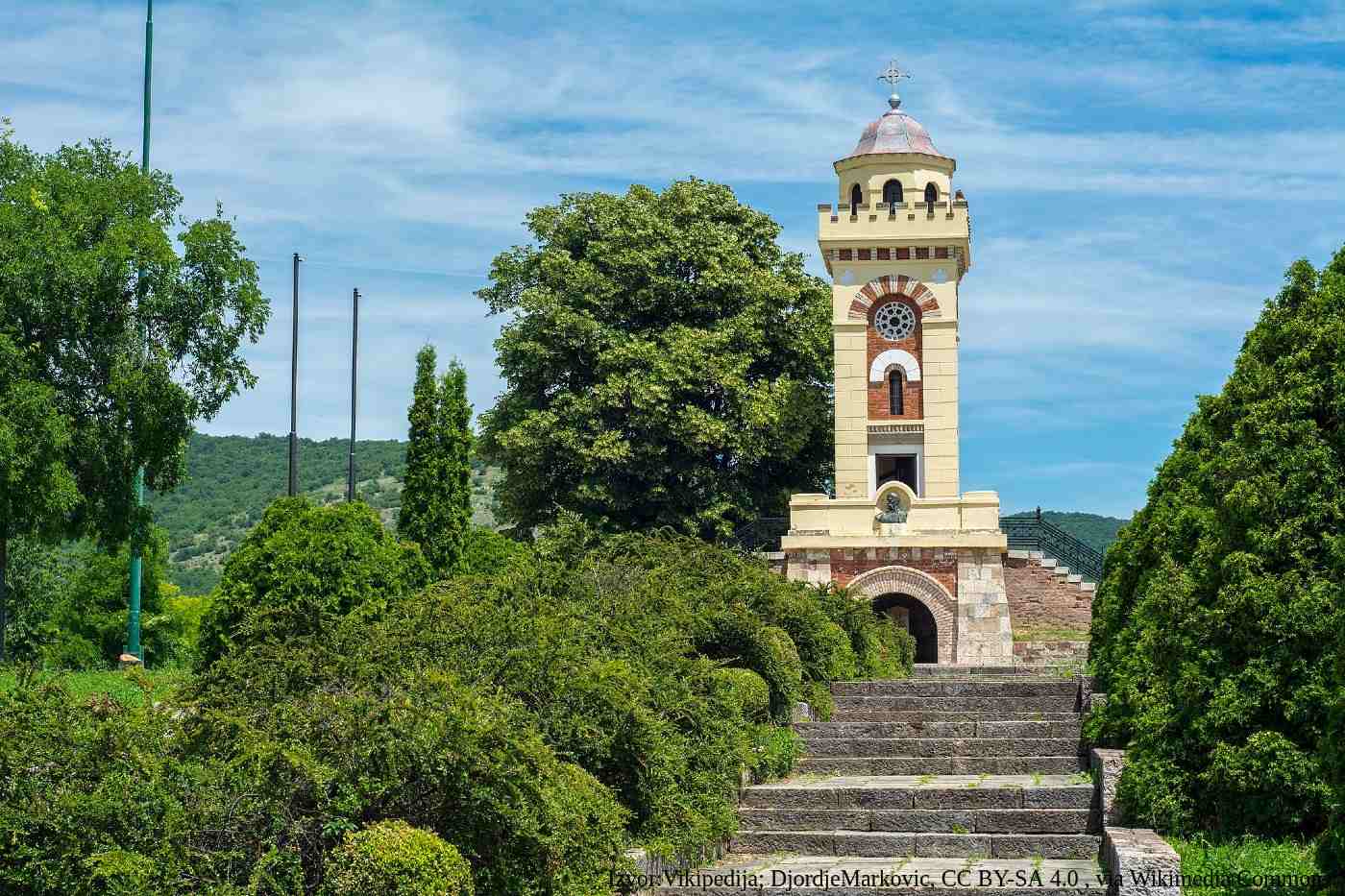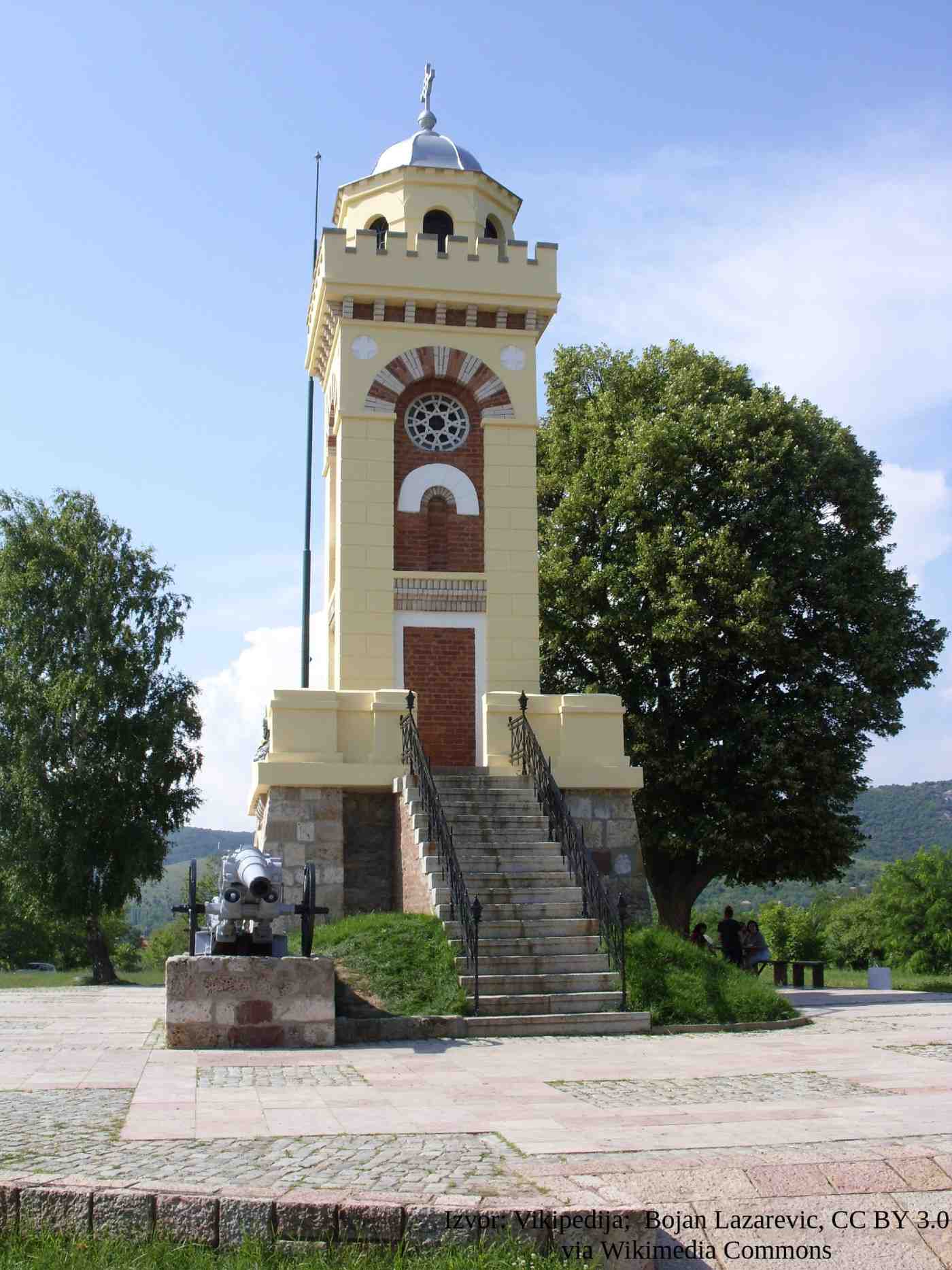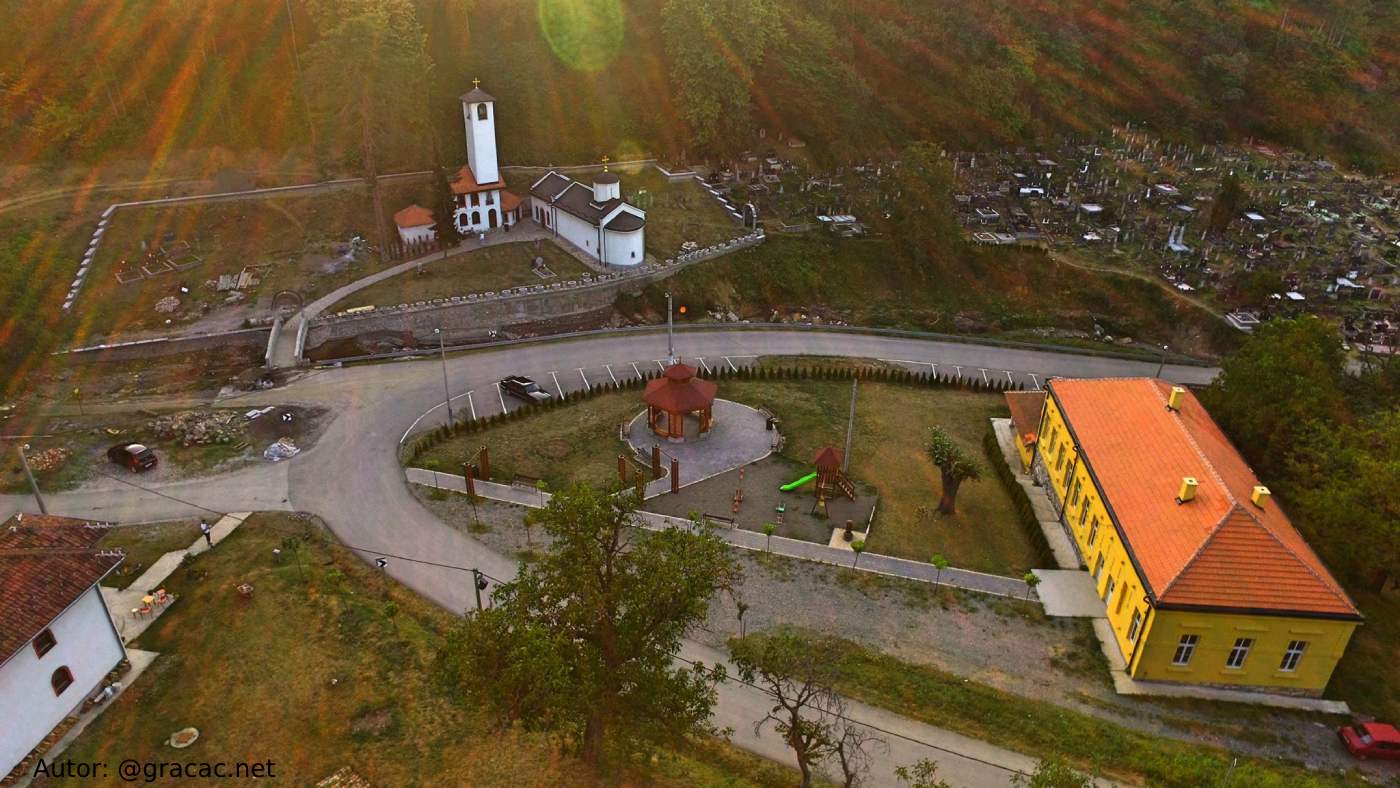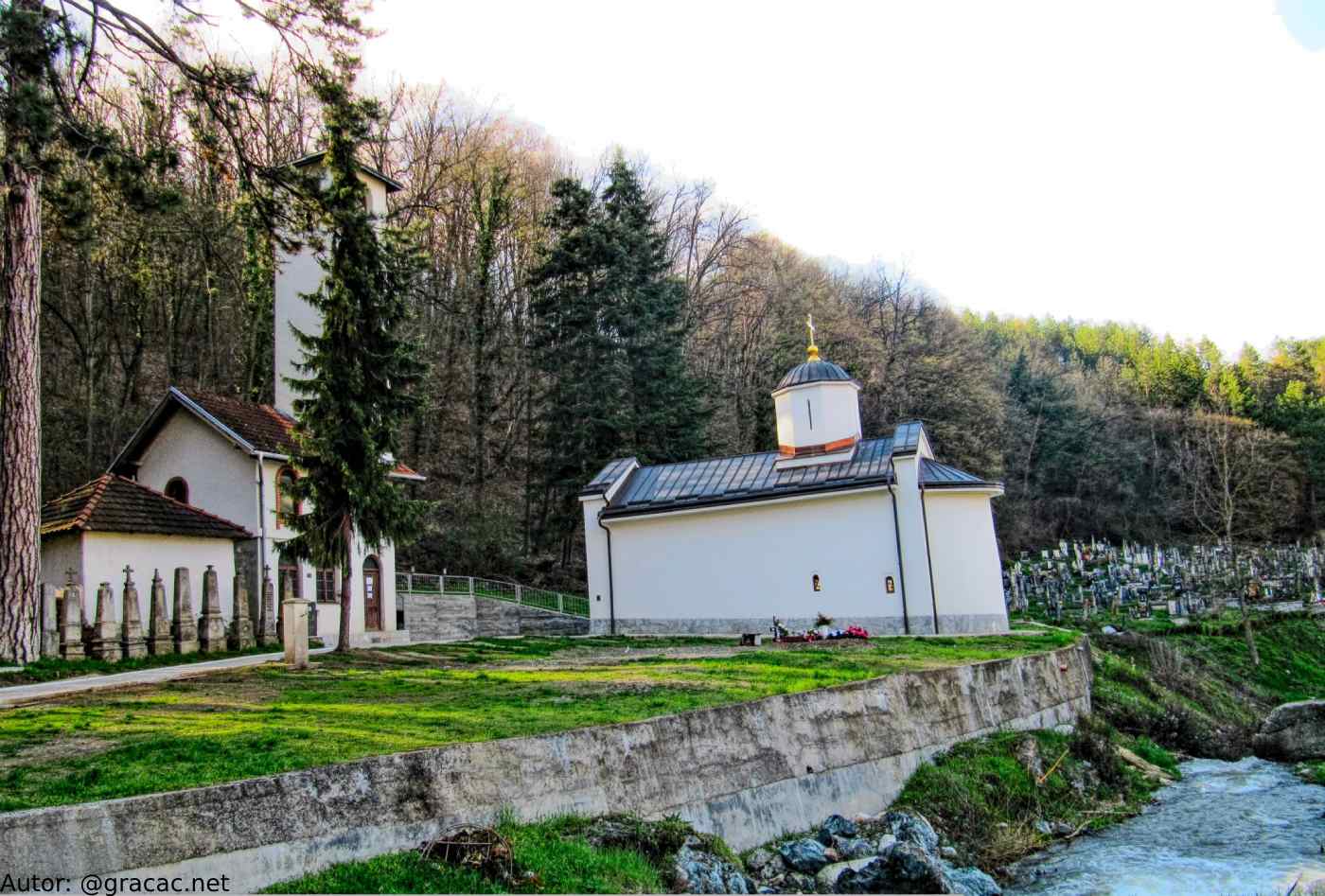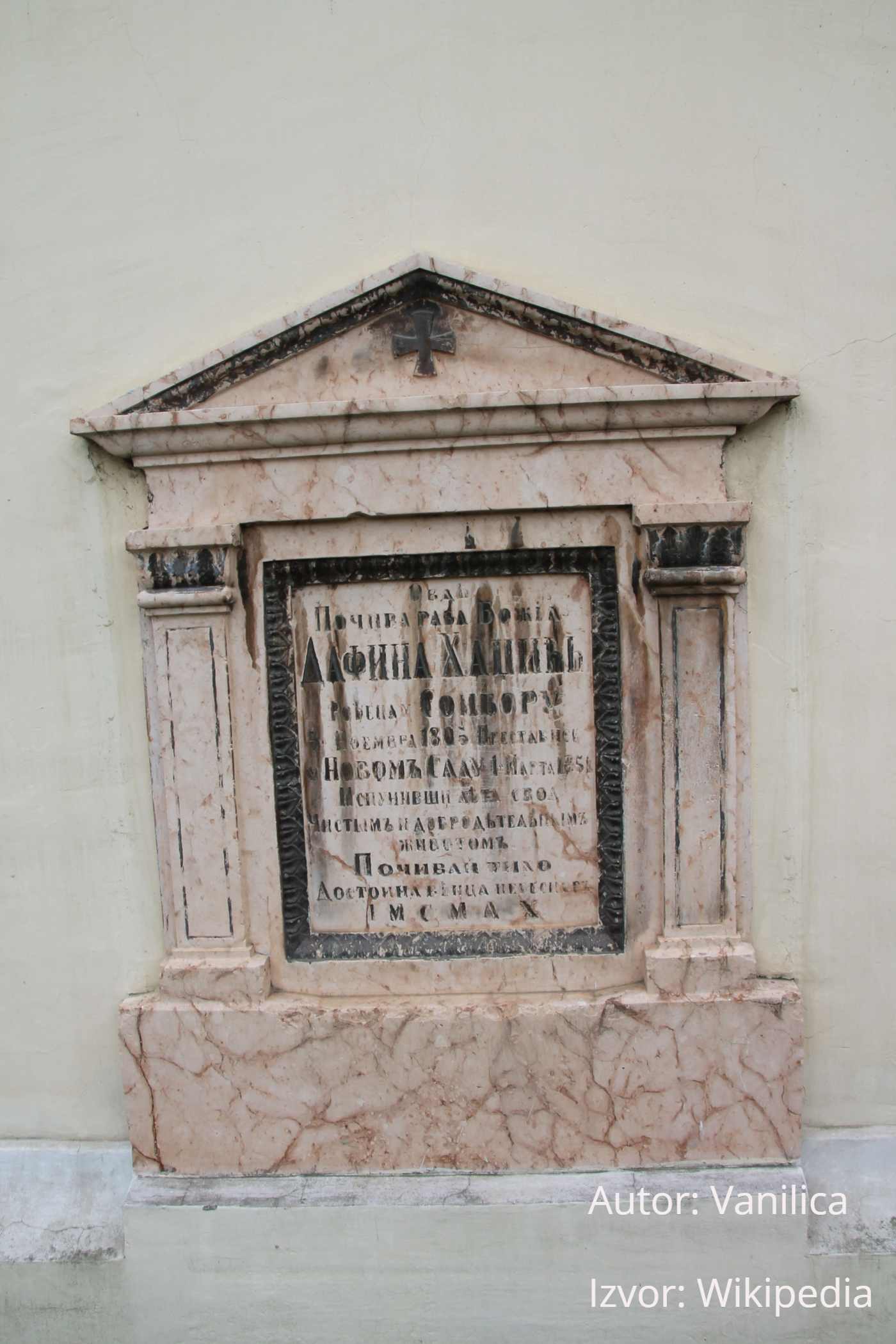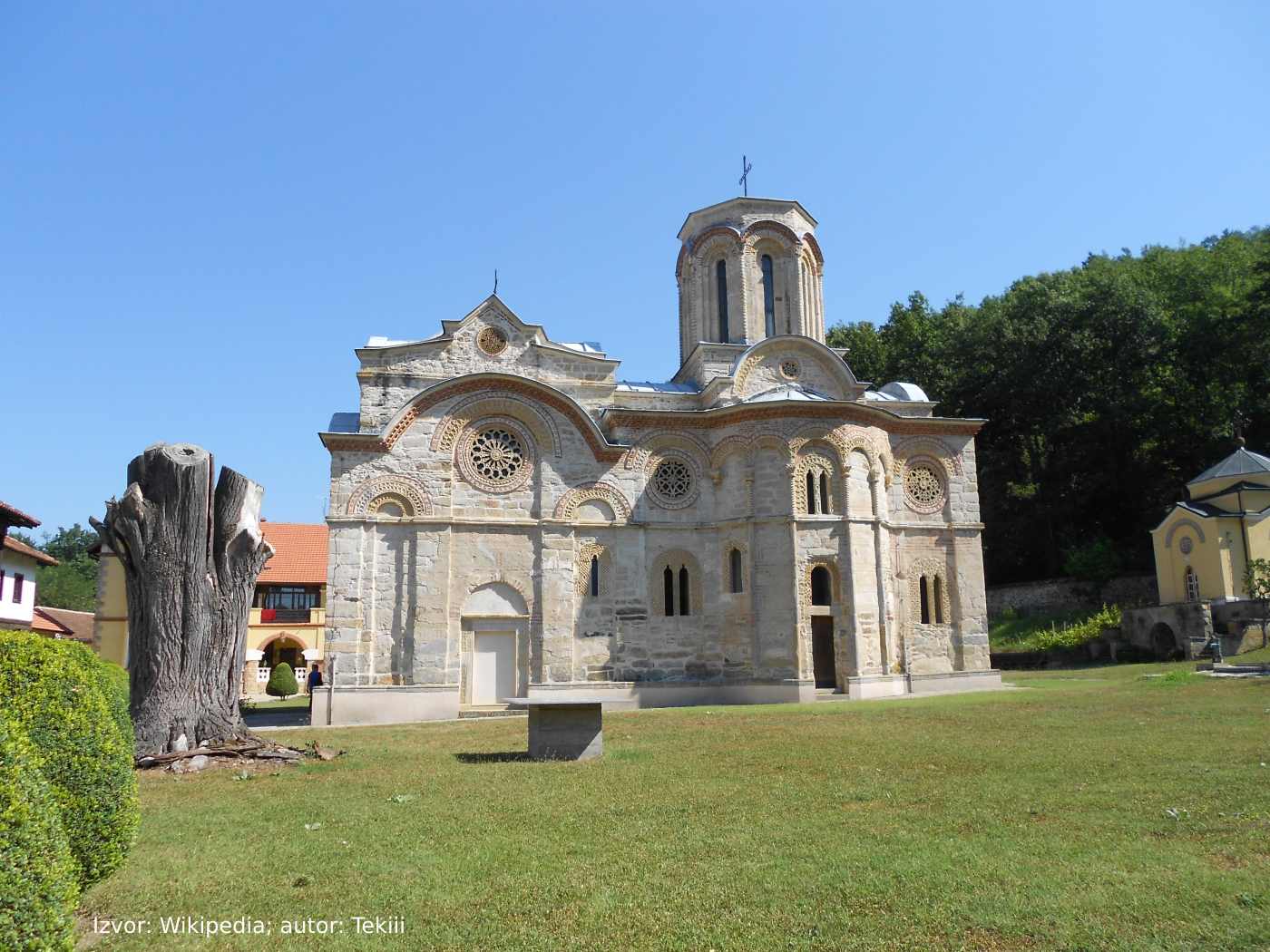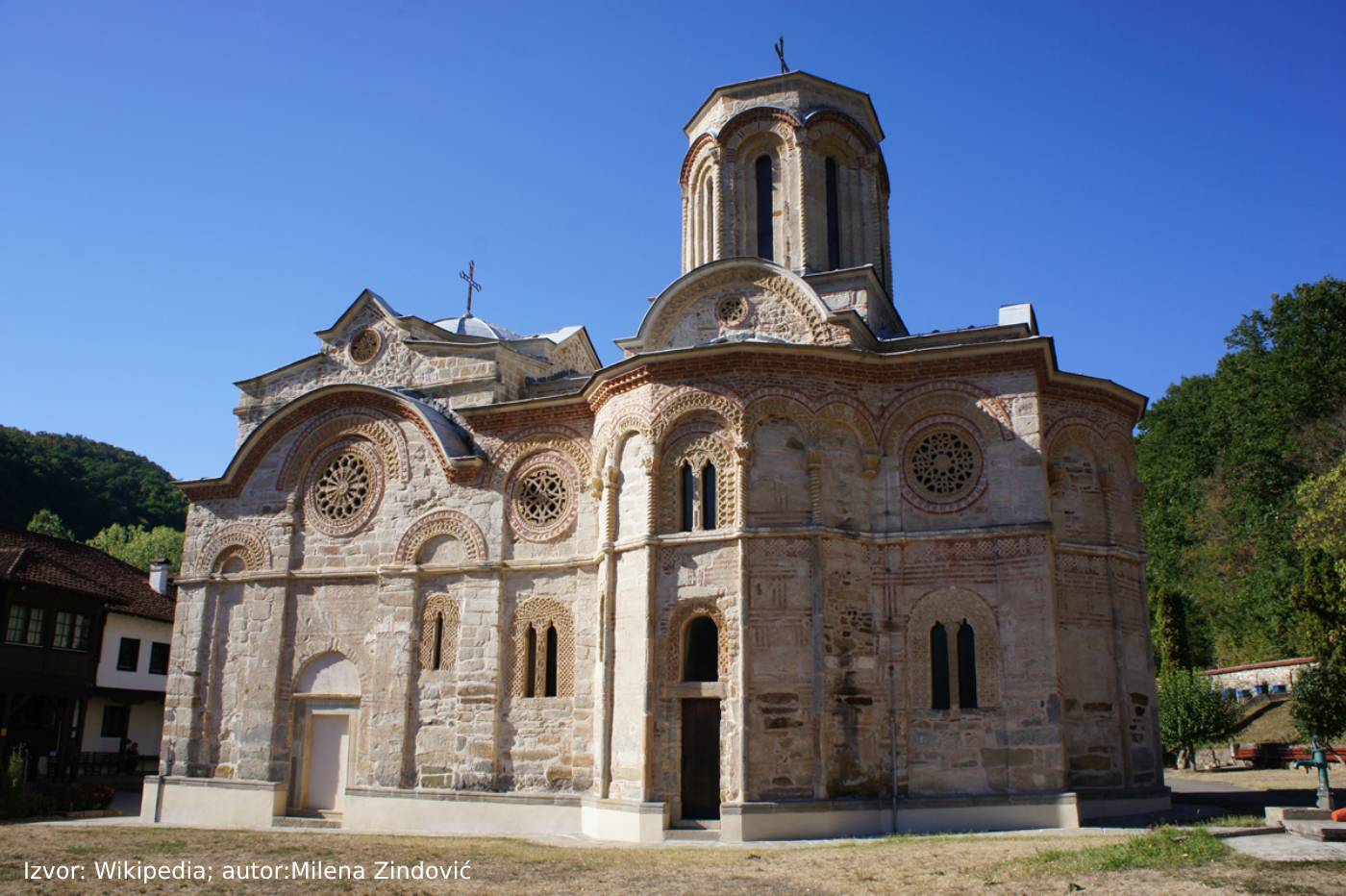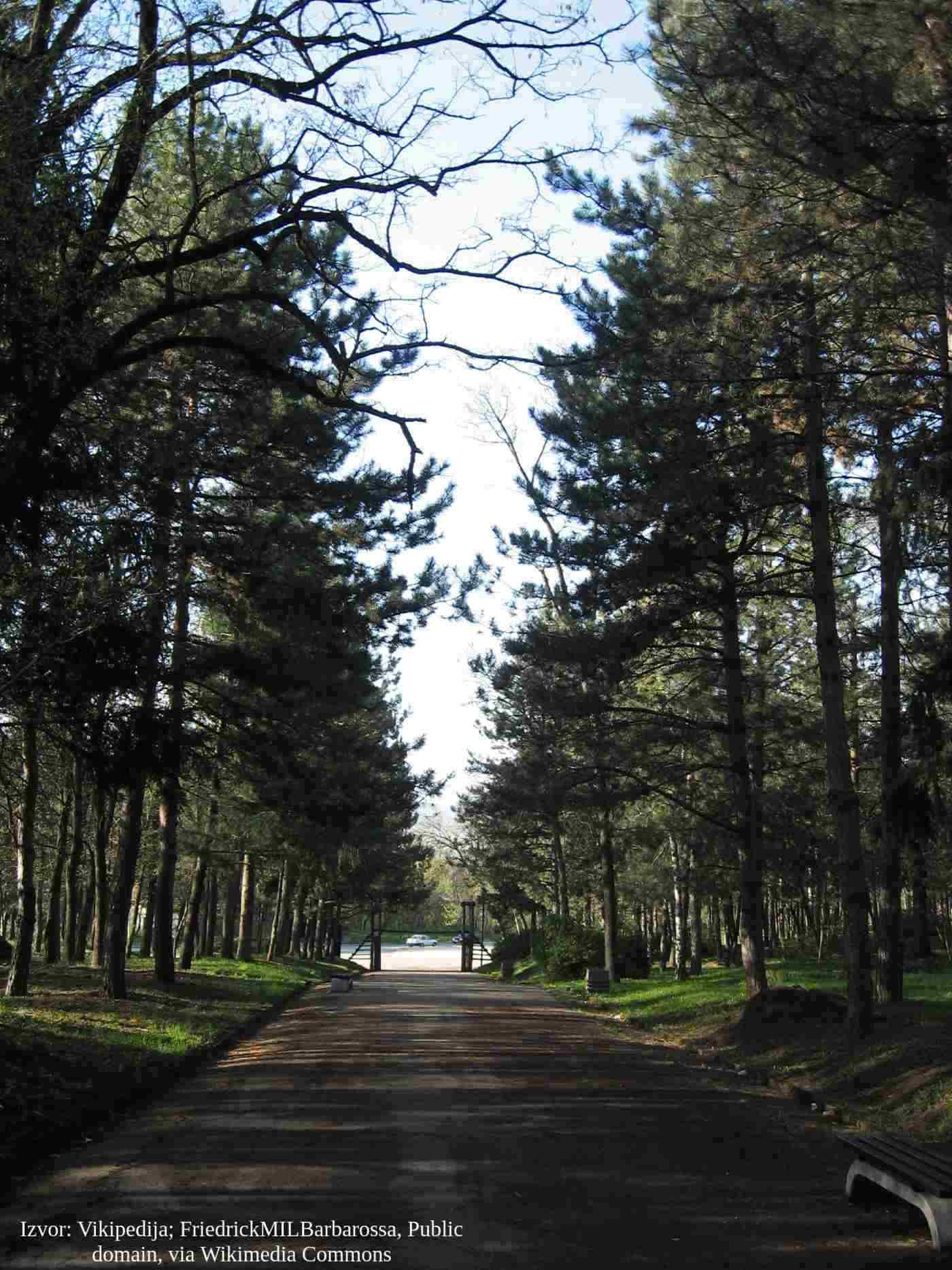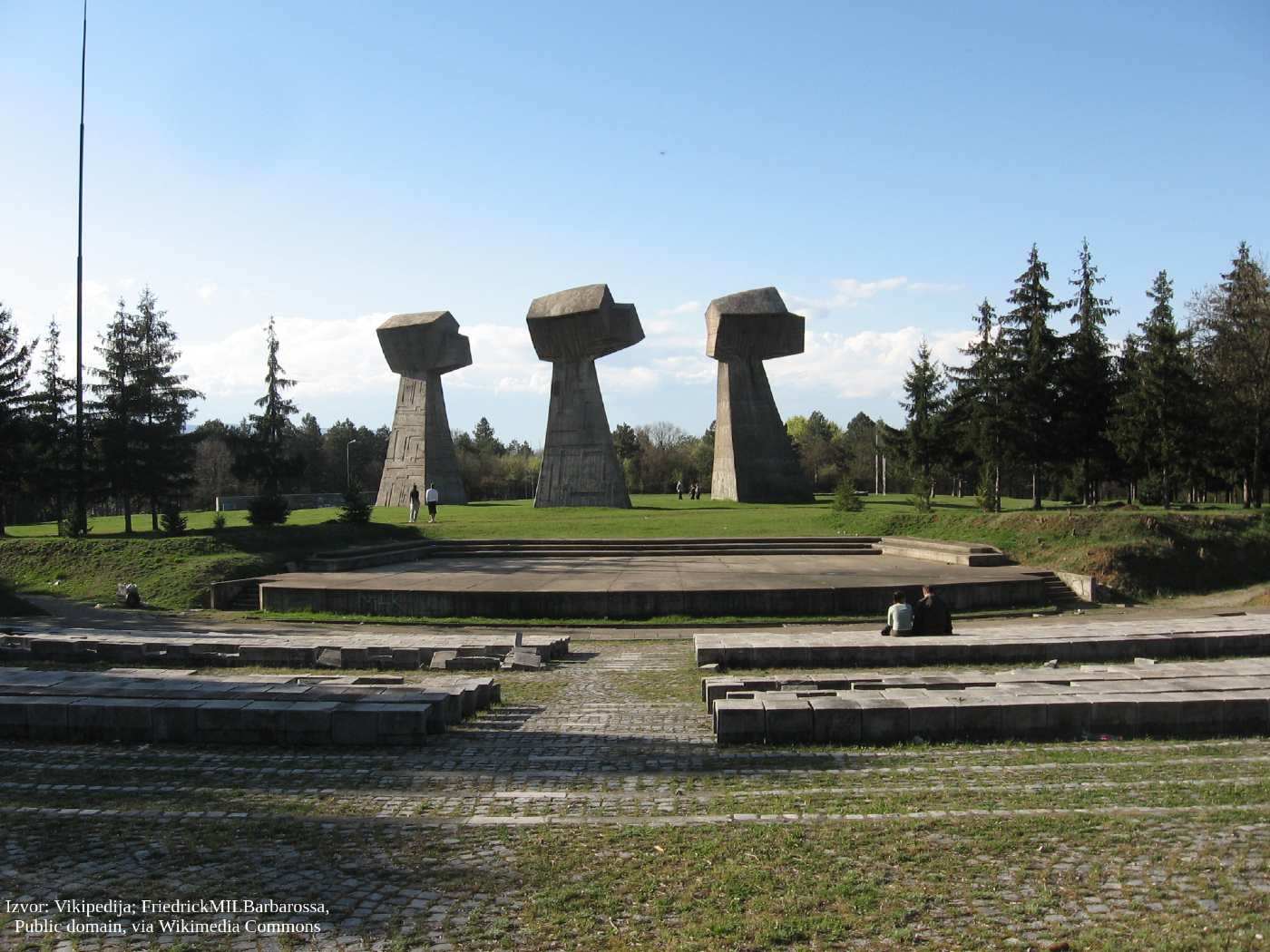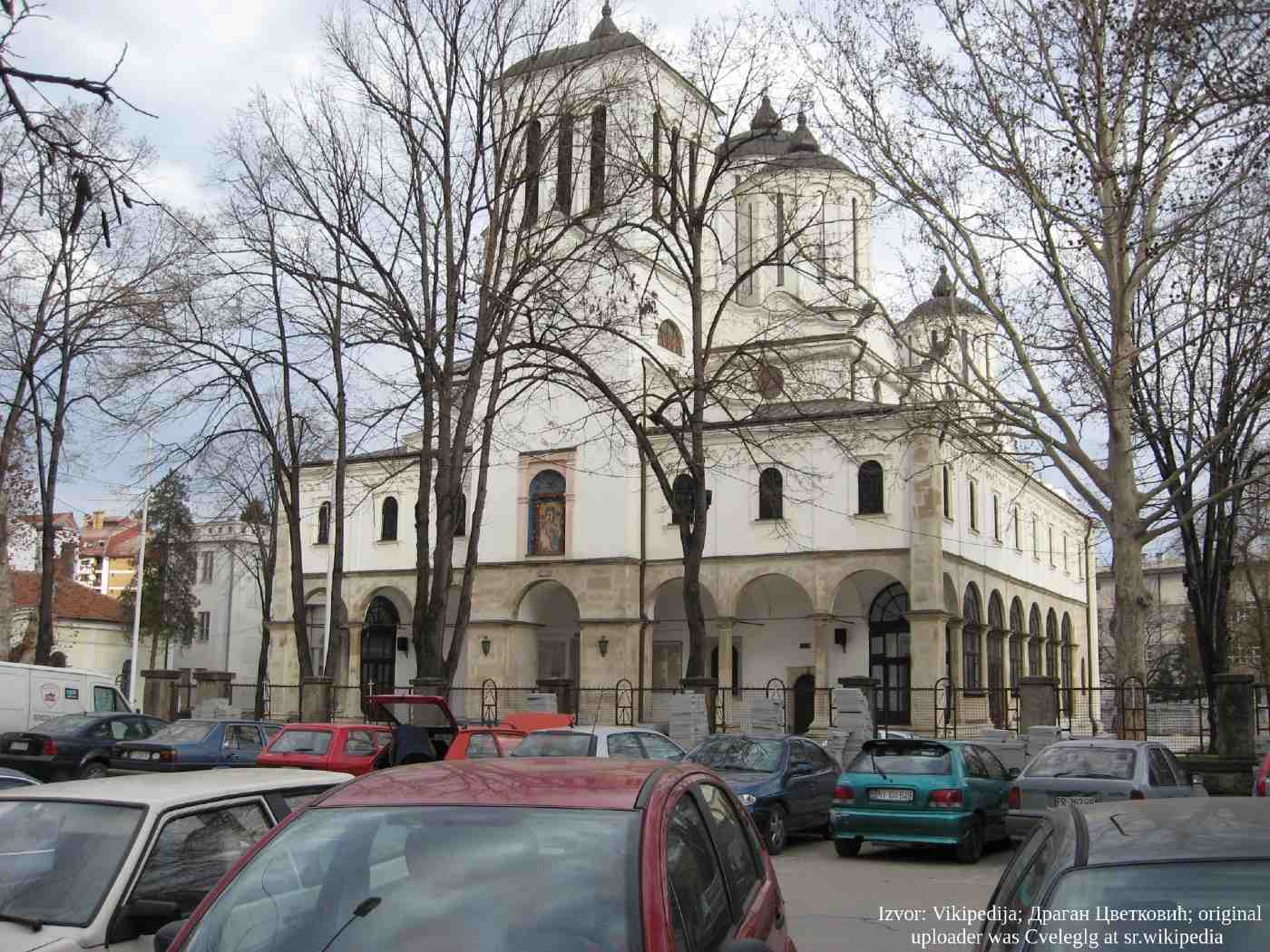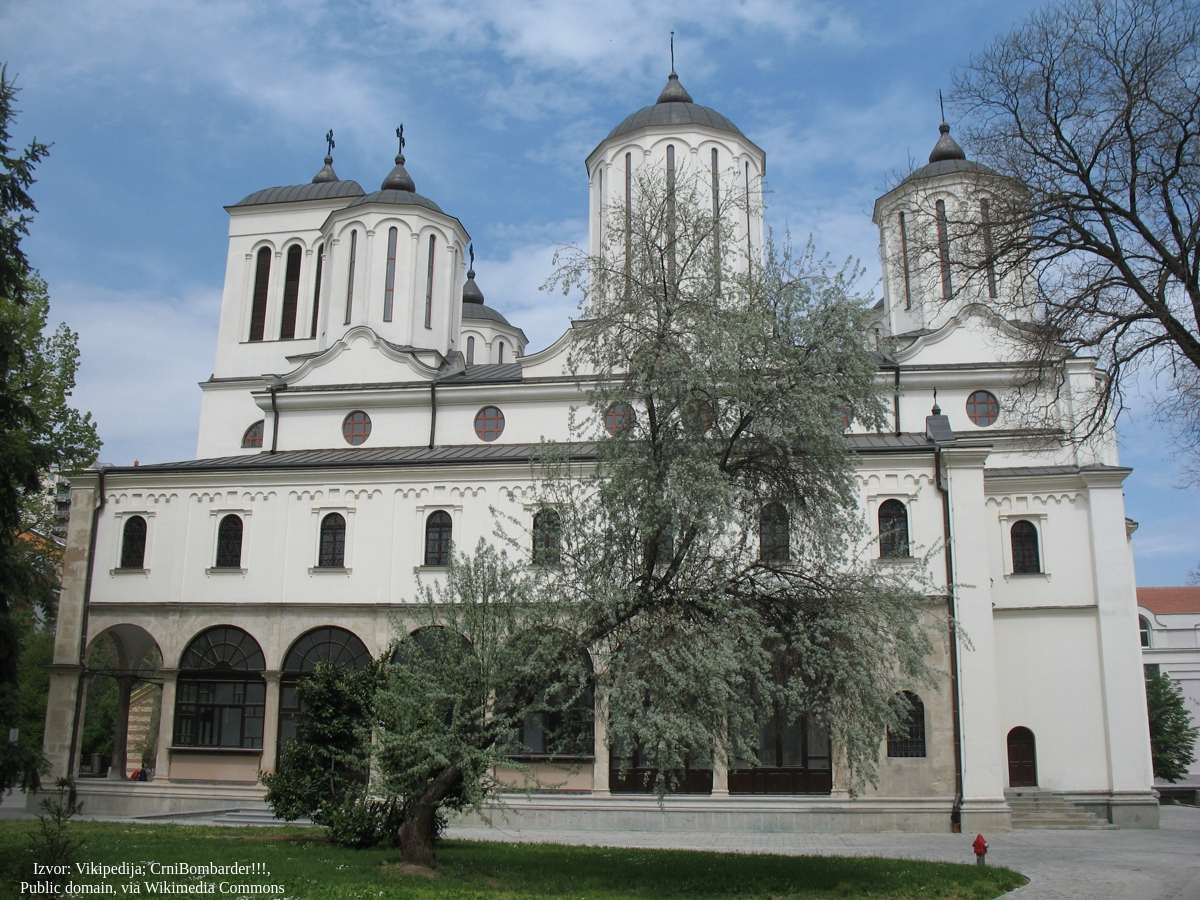Locations with the most attractions in Serbia?
These destinations are suitable for both short and extended tourist visits and offer amenities for all ages and interests. If you choose to explore them, you’ll experience the essence of Serbia — its history, nature, and contemporary spirit.
A large number of attractions throughout Serbia are featured on the Bookaweb platform — nearly a thousand in total. We’ll briefly present some of the destinations with the most attractions.
Belgrade, as the capital of Serbia, is an extremely important tourist destination, offering a wide range of attractions both within the city and in its surroundings — museums, theaters, monuments, forests, picnic areas, parks, monasteries, churches, and many other sites that make a stay in Belgrade truly engaging.
- Historical and cultural sights: White Palace (Beli dvor), Church of Saint Mark (Crkva svetog Marka), Church of Saint Sava (Hram Svetog Save), Kalemegdan Fortress, Captain Miša’s Mansion (Kapetan Mišino zdanje), Princess Ljubica’s Residence (Konak kneginje Ljubice), House of Flowers (Kuća cveća), Rakovica Monastery, Cathedral Church of Belgrade (Saborna crkva u Beogradu), Monument to Stefan Nemanja, Vuk’s Monument (Vukov spomenik)
- Museums: Ethnographic Museum, Historical Museum of Serbia, Museum of African Art, Automobile Museum, Chocolate Museum, Museum of the City of Belgrade, Museum of Illusions, Museum of Yugoslavia, Museum of Science and Technology, Nikola Tesla Museum, Museum of Applied Arts, Museum of Contemporary Art, Aviation Museum, National Museum, Pedagogical Museum, Military Museum in Belgrade, Zepter Museum
- Theaters and art institutions: Atelier 212, Belgrade Drama Theatre, Bitef Theatre, Yugoslav Drama Theatre, National Theatre, Zvezdara Theatre
- Parks and natural sites: Ada Ciganlija, Ada Međica, Avala Mountain, Jevremovac Botanical Garden, Karađorđe Park, Košutnjak, Obedska Bara, Pioneer Park (Pionirski park), Tašmajdan Park, Topčider Park
- Zoos and family attractions: Belgrade Zoo, Dino Park, Eco Park Belgrade
- Squares and streets: Knez Mihailova Street, Terazije, Nikola Pašić Square, Republic Square (Trg Republike), Slavija Square
- Famous city districts and promenades: Gardoš, Savamala, Sava Quay (Savski kej), Skadarlija, Students’ Park, Zemun Quay (Zemunski kej)
Novi Sad, the capital of Vojvodina, is also a leading destination when it comes to places worth visiting during your stay. As the European Capital of Culture and Youth, it truly lives up to its title. Below, we present the main cultural, artistic, architectural, and natural attractions of the “Serbian Athens.”
- Historical and cultural sights: Imperial Palace (Carska palata), Church of the Name of Mary (Crkva imena Marijinog), Church of the Holy Apostles Peter and Paul, City Hall, Petrovaradin Fortress, Cathedral Church, Synagogue, Monument to Jovan Jovanović Zmaj, Monument to Miroslav Antić, Monument to Svetozar Miletić, Assumption Church (Uspenska crkva), Bishop’s Palace (Vladičanski dvor)
- Museums and galleries: Atelier 61, Matica Srpska Gallery, Museum of Novi Sad, Museum of Contemporary Art, Museum of Vojvodina
- Theaters: Youth Theatre, Serbian National Theatre
- Parks and natural sites: Adrenaline Park, Danube Park (Dunavski park), Futoški Park, Karađorđevo, Krčedinska Ada, Liman Park, Štrand Beach
- Famous city districts and promenades: Mladenci Square (Trg Mladenaca), Freedom Square (Trg slobode)
The majority of attractions in Niš fall into the category of historical and cultural landmarks, perfectly reflecting the spirit of the city. From monuments, museums, and theaters to parks and unique attractions found nowhere else in the world, Niš offers everything in one place to make your stay memorable.
- Historical and cultural sights: Skull Tower (Ćele kula), Kazandžijsko sokače, WWII Concentration Camp, Stambolijski House, Mediana, Bubanj Memorial Park, Niš Fortress, Andonović Palace, Monument to Emperor Constantine, Monument on Čegar, Monument to Stevan Sremac, Monument to Šaban Bajramović
- Museums and galleries: Gallery of Contemporary Fine Arts, National Museum Niš
- Theaters and cultural institutions: Puppet Theatre, National Theatre
- Religious buildings: Church of Saint Nicholas, Church of Emperor Constantine, Church of Saint Panteleimon, Monastery of Saint Petka Iverica, Monastery of Saint John, Niš Cathedral
- Natural sites and parks: Cerjanska Cave, lake Divljansko jezero, Kamenički vis, Nišava River, Čair Park
Zlatibor is one of the most visited mountains in Serbia, known for its wealth of tourist facilities, natural attractions, scenic viewpoints, and unique religious sites. In addition, it is an excellent destination for children and family vacations, thanks to the abundance of activities and amenities designed for the youngest visitors.
- Natural attractions and viewpoints: Gostiljski Waterfall, Jokino vrelo, King’s Fountain (Kraljeva česma), cave Stopića pećina, Tornik, Gradina viewpoint, Zlatibor Zip Line
- Fun and themed attractions: Adventure Park, Dino Park Zlatibor, El Paso City, Gondola, Šarganska osmica
- Religious buildings: Log cabin church in Dobroselica, Transfiguration of the Lord Church (crkva Preobraženja Gospodnjeg), Dubrava Monastery, Uvac Monastery
- Museums and galleries: Miladin Lekić Gallery, Branko Tijanić Watermill Gallery, Knitting Museum in Sirogojno, Old Village Museum Sirogojno, Birthplace of Dimitrije Tucović
- Historical and cultural sights: Kremna, Monument on Šumatno Hill, Tito’s Villa
A national park and arguably the most beautiful and well-preserved natural destination in Serbia, where virtually every corner can be considered a natural attraction. It is a well-developed tourist area, primarily drawing visitors with its stunning landscapes, scenic viewpoints, and rich, preserved flora and fauna.
- Natural attractions and viewpoints: Zaovine Lake, Lađevac, Mitrovac on Tara, Red Creek Nature Reserve (Crveni potok), Banjska Stena viewpoint, Bilješka Stena viewpoint, Crnjeskovo viewpoint, Janjač viewpoint, Kozja Stena viewpoint, Osluša viewpoint
- Religious buildings: Log cabin church in Dub, Church of the Holy Prophet Elijah, Rača Monastery
- Historical sights: Medieval tombstones (stećci) in Rastište
Types of attractions in Serbia
Historical attractions in Serbia include fortresses, archaeological sites, monuments, and other historical buildings from various eras — spanning from prehistory and the Roman era to the medieval period and more recent history.
- To visit: Caričin Grad (Leskovac), Gamzigrad (Zaječar), Golubac Fortress (Golubački grad), Jerina’s Town (Jerinin grad, Valjevo), Starčevo (Pančevo), Šabac Fortress, Takovo (Gornji Milanovac), Trajan’s Tablet (Trajanova tabla, Kladovo), Trajan’s Bridge (Kladovo), Kale Fortress (Pirot), Maglič Fortress (Kraljevo), Petrus Fortress (Paraćin), Ram Fortress (Srebrno jezero), Smederevo Fortress, Viminacium (Smederevo), Županija Building (Sombor), Sokograd (Sokobanja), Vršac Tower (Vršačka kula), Old Ras (Novi Pazar), Roman Baths (Čačak)
Cultural attractions include theaters, galleries, festivals, folklore heritage, traditional events, and art centers that showcase the richness of Serbian art, music, folklore, and contemporary creativity.
- To visit: Ethno-complex in Tršić (Loznica), Love Bridge (Vrnjačka Banja), National Theatre (Sombor), Palace of Justice (Zrenjanin), Village Gostuša (Stara Planina), Village Zlakusa (Užice), House on the Drina (Bajina Bašta), Zlot (Bor)
Museums in Serbia are treasure troves that preserve and exhibit artifacts from archaeology, art, ethnology, natural sciences, and technology. They serve as important educational centers, guardians of cultural heritage, and popular destinations for both domestic and international tourists.
- To visit: Museum of Vojvodina (Novi Sad), National Museum (Belgrade), Museum of Yugoslavia (Belgrade), Museum of Contemporary Art (Belgrade), Ethnographic Museum (Belgrade), Nikola Tesla Museum (Belgrade), Museum of African Art (Belgrade), National Museum (Niš), National Museum (Kragujevac), Ethnographic Museum (Niš), National Museum (Novi Pazar)
Natural attractions encompass the stunning landscapes throughout Serbia — from mountains, rivers, and lakes to viewpoints, protected natural areas, and other outdoor destinations. Serbia offers excellent opportunities for the development of ecotourism, hiking, camping, and various other nature-based activities in diverse locations.
- To visit: Bor Lake (Borsko jezero, Bor), Imperial Pond (Carska bara, Zrenjanin), Đavolja Varoš (Prolom Banja), Vlasina Lake (Vlasinsko jezero, Vranje), Palić Lake (Jezero Palić, Subotica), Tupavica Waterfall (Vodopad Tupavica, Pirot), Javor Mountain (Planina Javor, Nova Varoš), Krupaj Spring (Krupajsko vrelo, Ždrelo), Ripaljka Waterfall (Vodopad Ripaljka, Sokobanja), Zavojsko Lake (Zavojsko jezero, Stara planina), Ribnica Cave (Ribnička pećina, Banja Vrujci), Šumarice Park (Park Šumarice, Kragujevac), Đerdap National Park (Nacionalni park Đerdap, Golubac), Zlatar Lake (Zlatarsko jezero, Uvac), Ćelije Lake (Jezero Ćelije, Kruševac), Pačir Spa (Pačir banja, Subotica), Bela Crkva Lake (Jezero Bela Crkva, Vršac), Perućac Lake (Jezero Perućac, Bajina Bašta), Park in Banja Koviljača, Risovačka Cave (Risovačka pećina, Aranđelovac).
Religious attractions are an important aspect of religious tourism, but they also draw many travelers interested in the cultural heritage of Serbia. The country is rich in churches, monasteries, religious monuments, mosques, synagogues, and other places of worship, most of which are listed as cultural monuments. Beyond their spiritual significance, these sites are remarkable examples of art and architecture.
- To visit: Gradac Monastery (Manastir Gradac, Kopaonik), Church of Saint Panteleimon (Crkva Svetog Pantelejmona, Divčibare), numerous monasteries on Fruška Gora, Kalenić and Ljubostinja Monasteries (Manastiri Kalenić i Ljubostinja, Vrnjačka Banja), Prohor Pčinjski Monastery (Manastir Prohor Pčinjski, Vranje), Končul Monastery (Manastir Končul, Raška), Trnava Monastery (Manastir Trnava, Čačak), Žiča and Resava Monasteries (Manastiri Žiča i Resava, Aranđelovac), Tumane Monastery (Manastir Tumane, Golubac), Ćelije and Lelić Monasteries (Manastiri Ćelije i Lelić, Valjevo), Sopoćani Monastery (Manastir Sopoćani, Novi Pazar), Tronoša and Čokešina Monasteries (Manastiri Tronoša i Čokešina, Loznica), Rujno Monastery (Manastir Rujno, Užice).
The most famous fortresses in Serbia
Today, these fortresses stand as historical monuments and popular tourist attractions, where visitors come to learn about history and architecture, hear stories from the past, and enjoy panoramic views. Above all, they contribute to the identity of Serbia and the Serbian people.
- Kalemegdan Fortress: Kalemegdan, also known as Kale, is the main tourist attraction and symbol of Belgrade, the core from which the modern city developed. Within the fortress, visitors can explore churches, pavilions, monuments, museums, and the remains of Roman fortifications. The entrance fee for certain parts of the fortress is around €4.
- Petrovaradin Fortress: What Kalemegdan is to Belgrade, Petrovaradin is to Novi Sad. This historical monument offers a panoramic view of the entire city. Dating from the 17th and 18th centuries, it attracts many tourists, especially those interested in the extensive catacombs beneath its walls.
- Golubac Fortress: Located on the cliffs of the Danube, Golubac Fortress dates back to the 14th century and was originally built for military purposes. It is a very popular attraction in Eastern Serbia, and after renovation in 2019, it has become even more visited. Ticket prices range from €1 for children to €10 for access to certain zones.
- Smederevo Fortress: Built in the 15th century during the time of Đurađ Branković and the legendary Jerina, Smederevo Fortress played an important role in the Middle Ages. Today, it hosts events like the Theater Fortress and the Smederevo Autumn Festival. Entrance is free.
- Niš Fortress: Construction of Niš Fortress began more than two thousand years ago during the Roman era, with its current appearance dating from the 18th century. It is a cultural monument of great importance under state protection, featuring remains of Turkish culture inside. Entrance is free.
- Kale Fortress: Also known as Pirotski grad or Momčilov grad, this fortress was built during the reign of Prince Lazar and was used as a military fortification until the 20th century, after which it became an archaeological site. The fortress was a filming location for the movie Battle of Kosovo.
- Fortress Maglič: Located near Kraljevo in the Ibar Gorge, this well-preserved fortress is declared a cultural monument of exceptional importance. It is an important tourist destination for visitors coming to Goč, the Vrnjačka Banja carnival, or participating in the Veliki spust from Maglič to Kraljevo.
- Ram Fortress: Situated in the village of Ram near Silver Lake, the exact origin and builder of this fortress are unknown. Some believe it was built by Remus, while others attribute it to Bayazit centuries later. Recently restored, Ram Fortress has become a notable tourist site with a stunning view of the Danube. Entrance fees range from €1.5 to €2.5.
- Old town of Užice: The fortress in the old town of Užice is partially preserved and declared a cultural monument of great importance. Its construction date is unknown. Like many fortifications, it fell under Ottoman rule and was mined and destroyed in the mid-19th century.
- Jerina's town: This medieval fortification on Branig Hill near Valjevo is also a cultural monument of great importance. Dating back to the 4th century, it has been demolished and rebuilt multiple times. It is accessible only by car, as there is no organized transport.
- Bač Fortress: Located in the village of Bač, this fortress is one of the most beautiful in the region and a cultural monument of great importance. Dating from the 14th century, it is the best-preserved fortress in Vojvodina. The remaining tower offers views of the surrounding Vojvodina landscape.
- Sokograd: The Byzantine fortress near Sokobanja is poorly preserved today but still attracts tourists. It is believed to date from the 4th century and got its name from the falcons circling above. It is quite inaccessible and can only be reached on foot via steep paths in the surrounding area.
The most famous national parks in Serbia
- Tara National Park: Tara National Park is part of the municipality of Bajina Bašta. It covers a large area of Tara Mountain, featuring a rich plant and animal world (hares, foxes, martens, badgers, wild boars, wolves) and many endemic species, the most famous being the Pančić spruce (Pančićeva omorika). From Tara, the surroundings can be viewed from many viewpoints: Crnjeskovo, Banjska Stena, Sjenič, Bilješka Stena, Osluša, Sokolarica, and Janjač, from which the view stretches all the way to Bosnia, Perućac Lake, and the Drina River. While there, be sure to also visit Zaovine Lake. The entrance fee to the national park is less than 1 €.
- Kopaonik National Park: Encompassing the entire Kopaonik Mountain, this park is especially popular during winter. Like Tara, it is home to rich flora and fauna and is situated between the Poplica and Rasnica rivers. A highlight of the park is the gondola ride, offering panoramic views of the surroundings for 15 minutes from above. Kopaonik also offers numerous ski slopes and a wide range of private accommodations.
- Đerdap National Park: Previously the largest national park in Serbia (until the designation of Stara Planina), Đerdap is located between Golubac and Karataš. Visitors can explore the Đerdap Gorge, Lepenski vir, Golubac Fortress, Trajan's Tablet, and Ram Fortress, and enjoy a Danube River cruise. Entrance fees for protected areas range from €1 to €2.
- Fruška Gora National Park: Fruška Gora was the first national park established in Serbia and is located near Novi Sad. It is especially popular in spring, notably during the Fruška Gora Marathon, attracting many visitors to its forested trails. Tourists can visit the Vrdnik Tower, Zmajevac picnic area, Stražilovo, mountain lakes, numerous monasteries, and wineries.
- Šar-Mountain National Park: Part of this national park is located in the territory of Serbia, and part in Kosovo and Albania. It is a strictly protected area, very diverse and rich when it comes to plant and animal species, many of which are relicts (mostly butterflies). In addition, it is a significant cultural and historical destination because there are 34 churches and monasteries from the Middle Ages on its territory. Tourists visit it because of Brezovica, the main ski center in the region.
- Stara Planina National Park: Stara Planina is the youngest national park in the country, which received this status only three years ago. It extends over the territory of Zaječar, Pirot, Knjaževac, and Dimitrovgrad, and its larger part is in the territory of Bulgaria. Nature is rich in waterfalls (Kaluđerski skokovi, Čunguljski skok, Tri kladenca, Bigar, Jelovarnik, Pilje waterfall, Kopren waterfall), meanders, plants and animals. It is popular during the winter because of the opportunities for winter sports and the first ski gondolas in Serbia (in Jabučko ravnište).
The most famous religious buildings in Serbia?
Many monasteries were built during the Middle Ages; some were created even later, and they were always symbols of resistance, renewal, and places for maintaining cultural life. In addition to the Serbian ones, there are numerous Islamic and Jewish religious buildings in Serbia.
- Sopoćani: Sopoćani are located near Doljan, near Novi Pazar (about 17 km), whose founder was Stefan Uroš I in the 13th century. It was built in the Raš style, and like many other monasteries, it was demolished, destroyed, and rebuilt several times. It is on the UNESCO list of world cultural heritage and is widely known for its excellent fresco painting.
- Ziča: Monastery near Kraljevo (at about 6 km), one of those that had the most significant role in Serbian history and culture. The founders of the monastery were Sveti Sava and Stefan Prvovenčani, and the building itself was built in the Raš style during the 13th century. It is protected as a cultural monument.
- Dečani: The most significant is the endowment of Stefan Dečanski, described by his biographers Grigori Camblak and Danilo's student. The first hospital for the treatment of epilepsy, neurological disorders, paralysis, physical disability, and eye diseases was established in the monastery. It is believed that the construction began in the 14th century, and the fresco painting was completed 2-3 years later. The monastery is about 2 km from Dečani, and about 15 km from Peć.
- Gračanica: Gračanica was built in the 14th century by Stefan Dečanski's father, King Milutin, in the village of the same name near Priština (about 15 km away). It was declared a cultural asset of exceptional importance, and in the Middle Ages it was the spiritual center of this region.
- Resava (Manasija): Medieval monastery of the Moravian school near Despotovac (2.5 km). The founder of the monastery was Stefan Lazarević in the 15th century, and in later years the monastery became a copyist -the Resava school. The easiest way to get to the monastery is from nearby Jagodina, which is about 35 km away.
- Monasteries on Fruška Gora: Fruška Gora is a mountain with a large number of monasteries that were built in the period from the 15th to the 18th century, and because of that it received the epithet Serbian Holy Mountain. On the mountain there are monasteries: Krušedol, Petkovica, Rakovac, Velika Remeta, Divša, Novo Hopovo, Staro Hopovo, Jazak, Mala Remeta, Grgeteg, Beočin, Privina Glava, Šišatovac, Kuveždin and Vrdnik. They were built in the Moravian and Baroque style. The easiest way to get to the monastery is from Irig, Novi Sad, or Sremski Karlovci (15-40 km).
- Ljubostinja: The monastery is located close to Vrnjačka Banja (6 km); it was built in the Moravian style, and the founder of the monastery was Princess Milica, who spent part of her life in the monastery as Jevgenija.
- Mileševa: Next to Prijepolje (6 km), there is one of the oldest monasteries in the country. The founder of the monastery is Stefan Vladislav, and the monastery dates back to the 13th century and was built in the Raška style. Mileševa was declared an immovable cultural asset and a cultural monument of exceptional importance.
- Rača: Monastery at the foot of Mount Tara, near Bajina Bašta (at 7 km). It was built by Dragutin Nemanjić, and in later centuries it was the main center of the Serbian copying school. It was built in the late Byzantine style, and over the centuries it was demolished and rebuilt. It is a cultural monument of great importance.
- Saint Sava Temple: The temple has become one of the symbols of the capital city, and it was built on the place where it is believed that the relics of Saint Sava were burned. It was built in the Serbian-Byzantine style and is one of the largest temples in the world.
- Saborna crkva in Belgrade: The Church of Saint Michael the Archangel is the seat of the Belgrade archbishopric, and it was built during the 18th century on the ruins of the old church by order of Miloš Obrenović. It was the largest Orthodox building in the principality of Serbia, and today it is considered the most beautifully painted Christian church in Serbia.
- Church of the Name of Mary: One of the symbols of Novi Sad, in the strict center of the city, is the Roman Catholic church known as the cathedral. It was built during the 19th century on the remains of an old church and is an essential tourist spot on trips through Novi Sad.
- Holy Trinity Church: One of several churches in Sombor, built during the 18th century by the Bunjevac minority in the Baroque style. Inside the church, visitors can see an organ that is two and a half centuries old. It is located in the very center of the city.
Tips for visitors to attractions in Serbia
- Explore tourist attractions off the main routes: Most tourist attractions are located in or near larger cities; however, explore Serbia’s tourism offerings to find places that are not on the main roads.
- Check opening hours and ticket prices: Many cultural and historical sites, as well as nature reserves, charge entrance fees. Check official websites or tourist information points to get the latest information. Also, opening hours may change, so verify these details through official sources or tourist centers.
- Wear appropriate clothing and footwear: When visiting religious sites, it is necessary to dress appropriately to be allowed inside monasteries and churches. Respect the dress code by covering your shoulders and knees. During visits to natural attractions, dress in layers and always carry spare clothing.
- Take care of nature protection: While exploring natural attractions or city routes, treat the environment as a good host would. Do not leave trash behind, do not pick plants, and respect the rules of conduct, especially in protected areas and reserves.
- Try local specialties: Depending on the region you visit, make sure to try the local cuisine specialties typical for that tourist destination. This way, you will bring back another memorable experience from the place and fuel up for further sightseeing.
- Respect local customs: In smaller towns and villages, hospitality remains really important, characteristic of the old Serbian culture. Hosts will appreciate polite behavior and respect for their local traditions. Serbia is known for the openness and warmth of its people, so don’t hesitate to ask for recommendations or help — locals are generally willing to assist, even if they don’t speak your language.
- Use local guide services: Hiring a local tourist guide will help you learn more about the place, its attractions, history, and culture, while supporting the local community.
- Inform yourself about transportation: Some tourist attractions in Serbia are quite inaccessible, while most are easily reachable. Before planning your trip, inquire about the accessibility of the places you want to visit and plan your itinerary carefully. Some locations lack regular bus lines, so renting a car can help you travel faster and reach your desired attractions.






